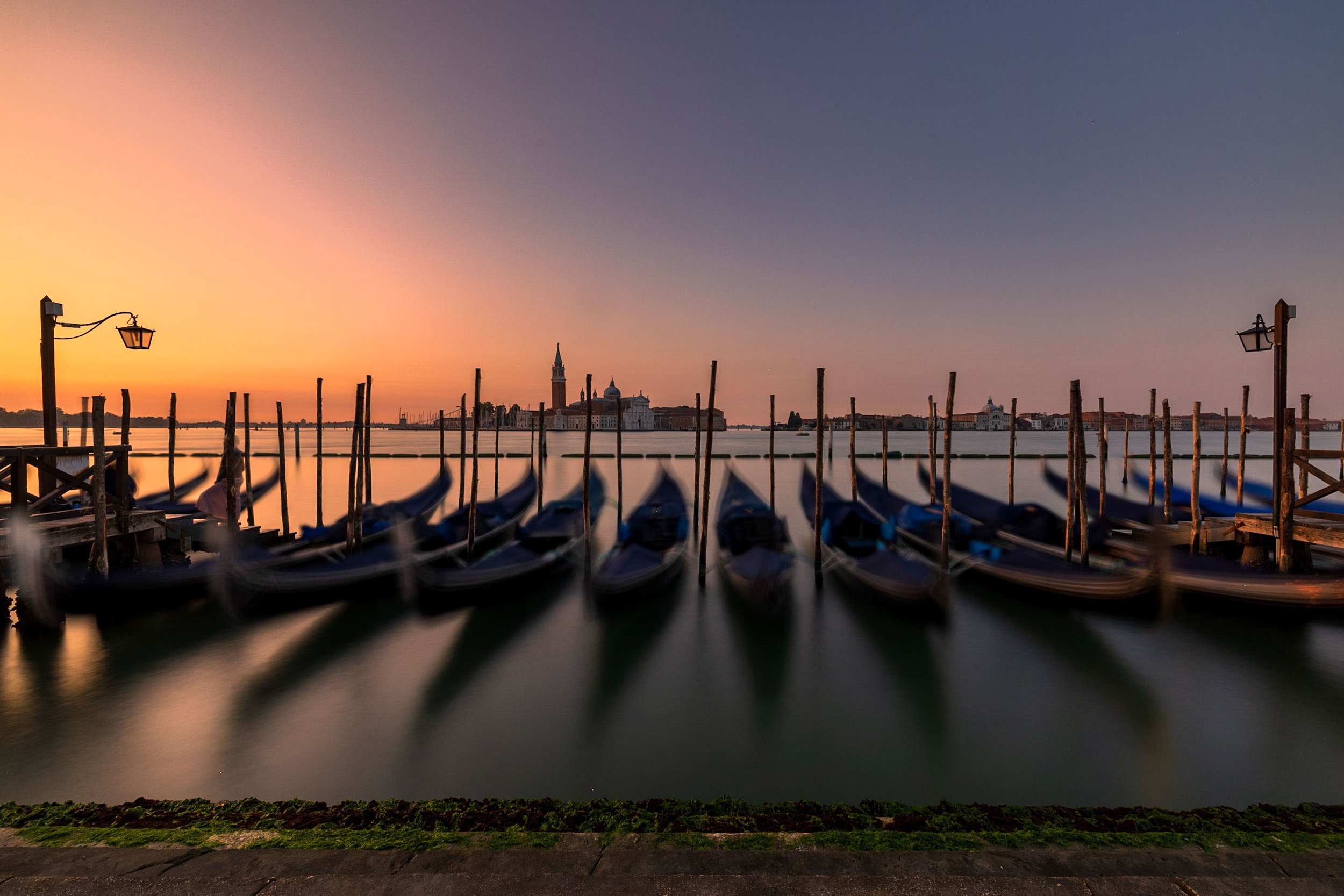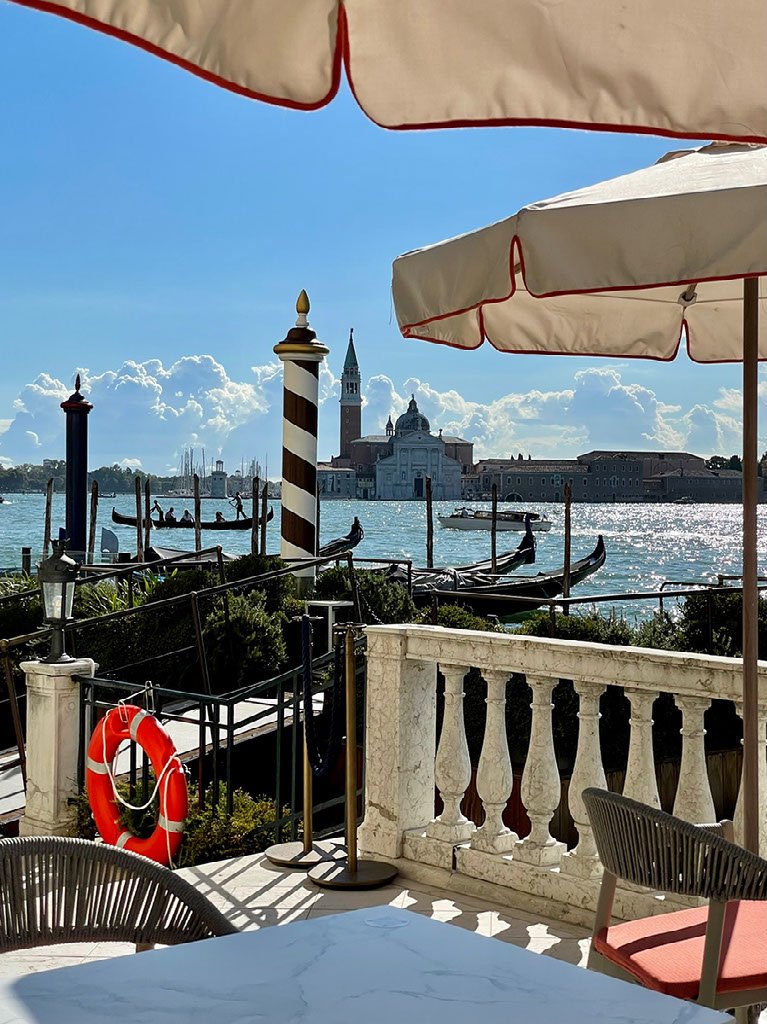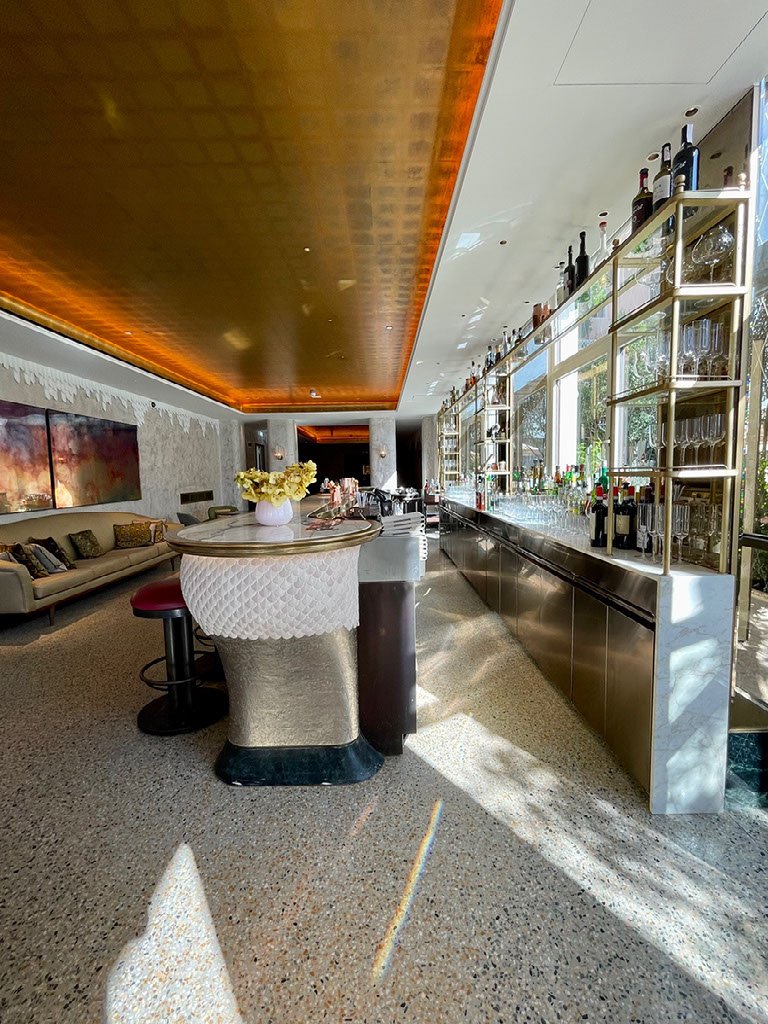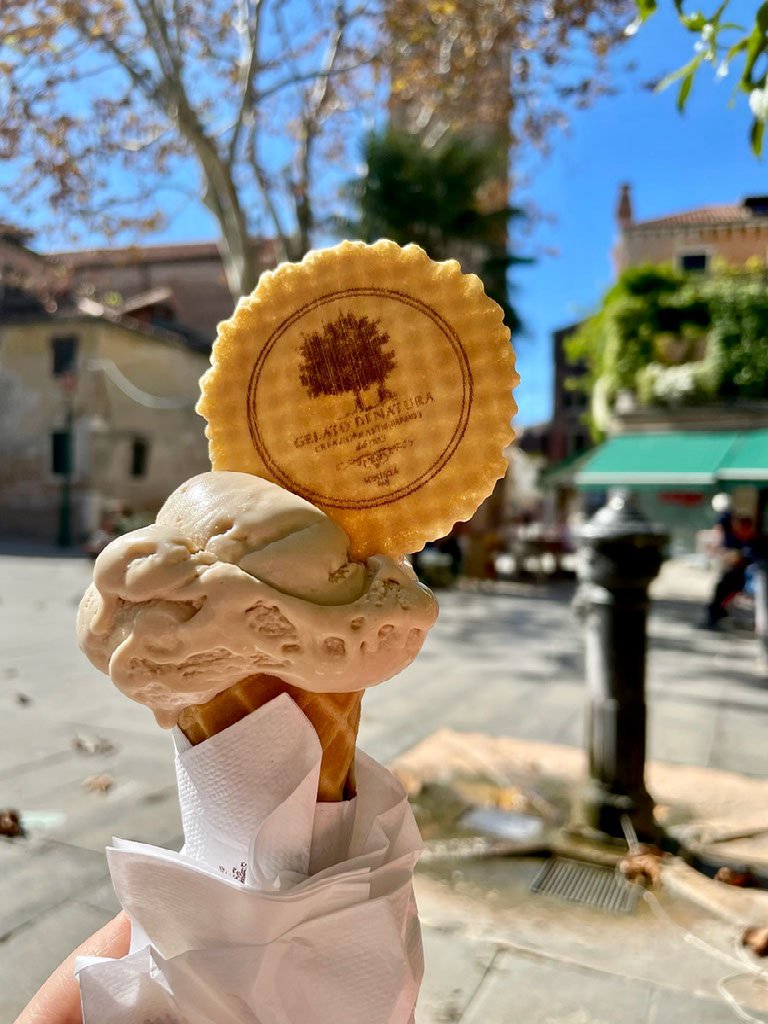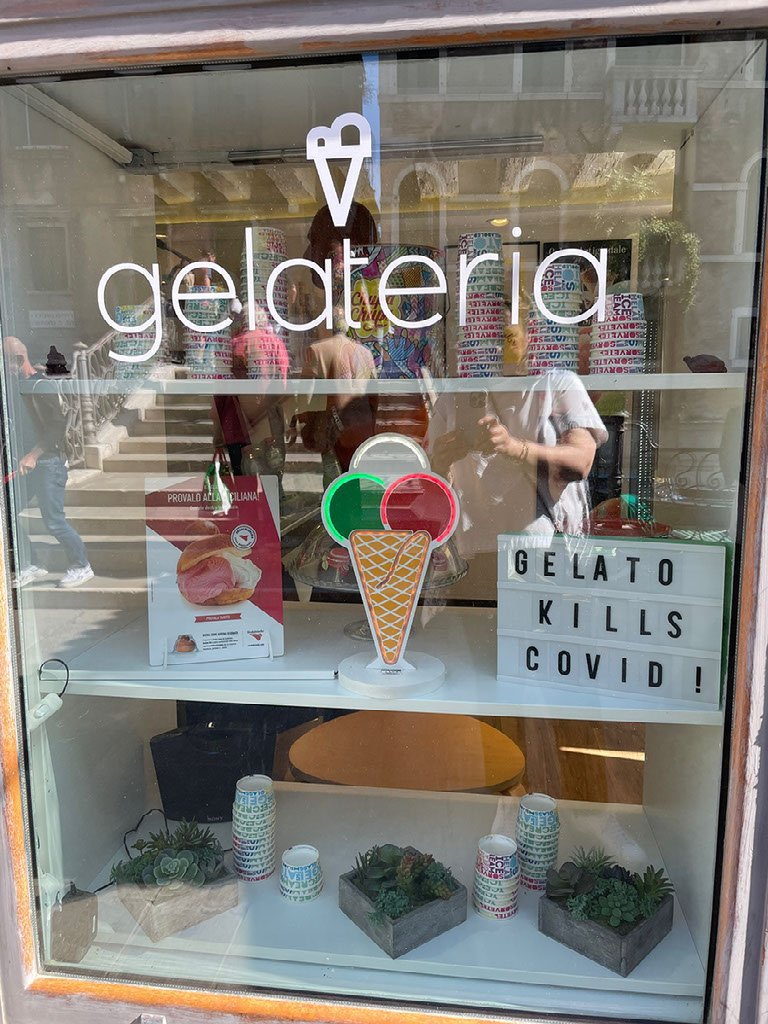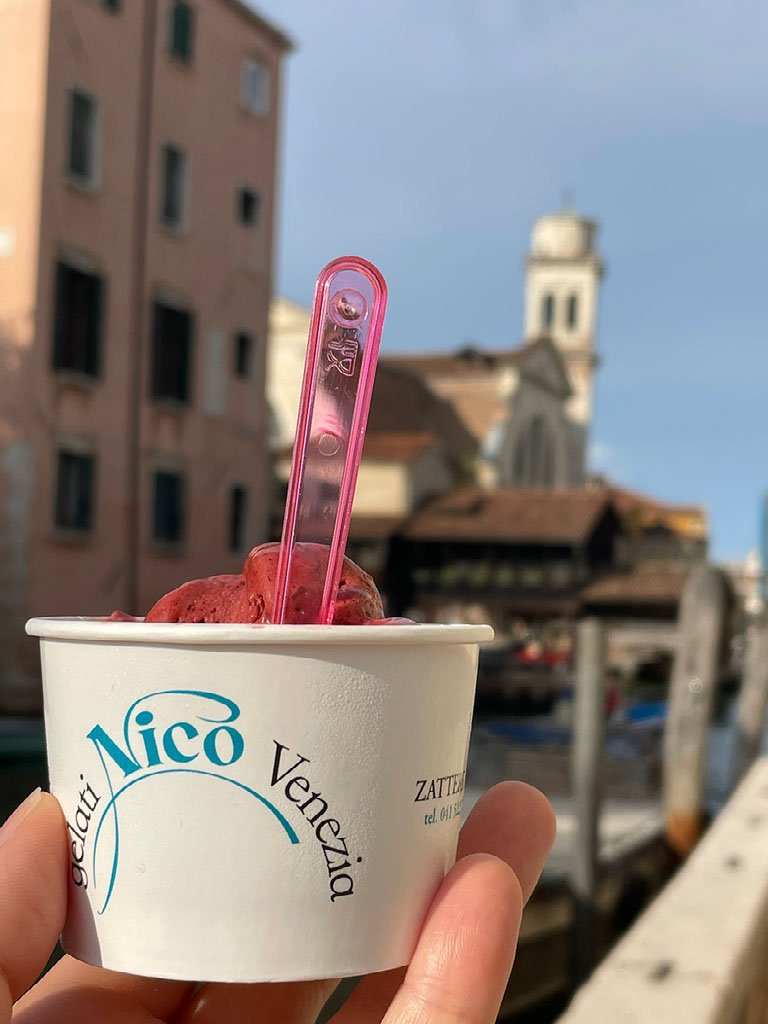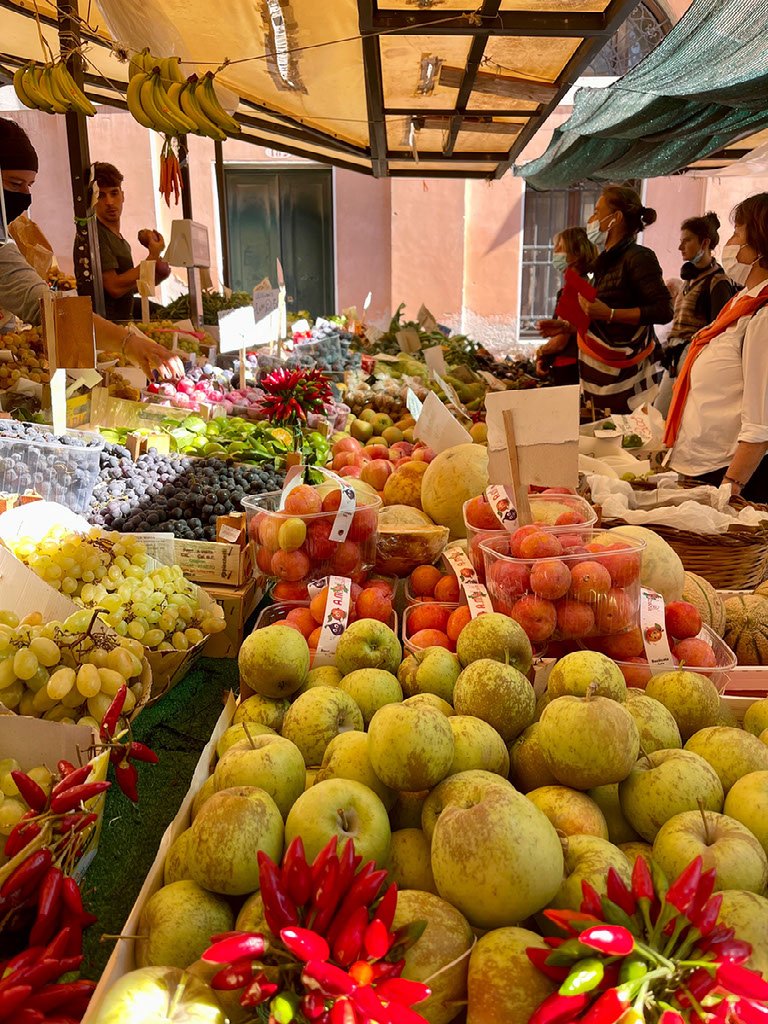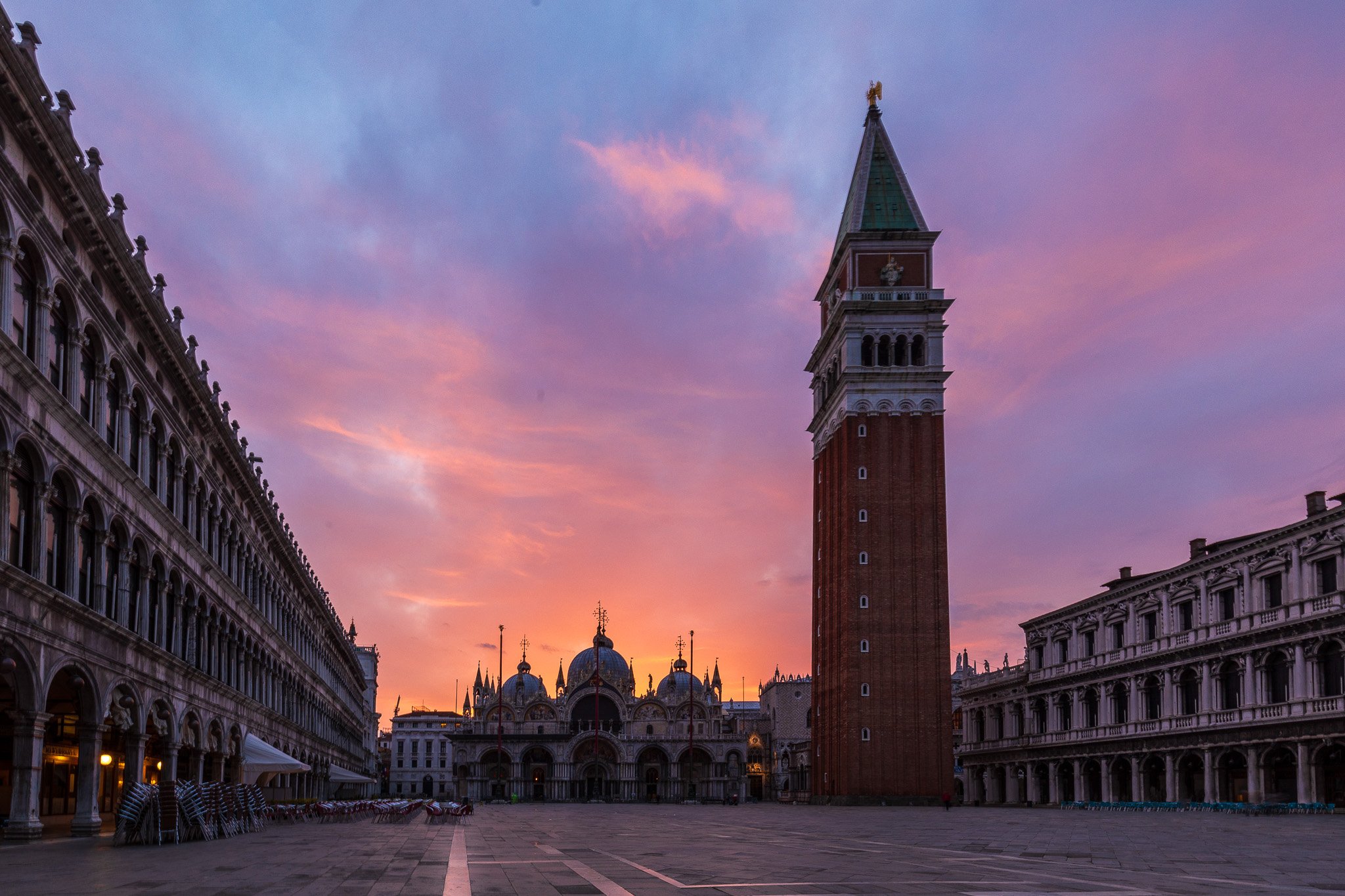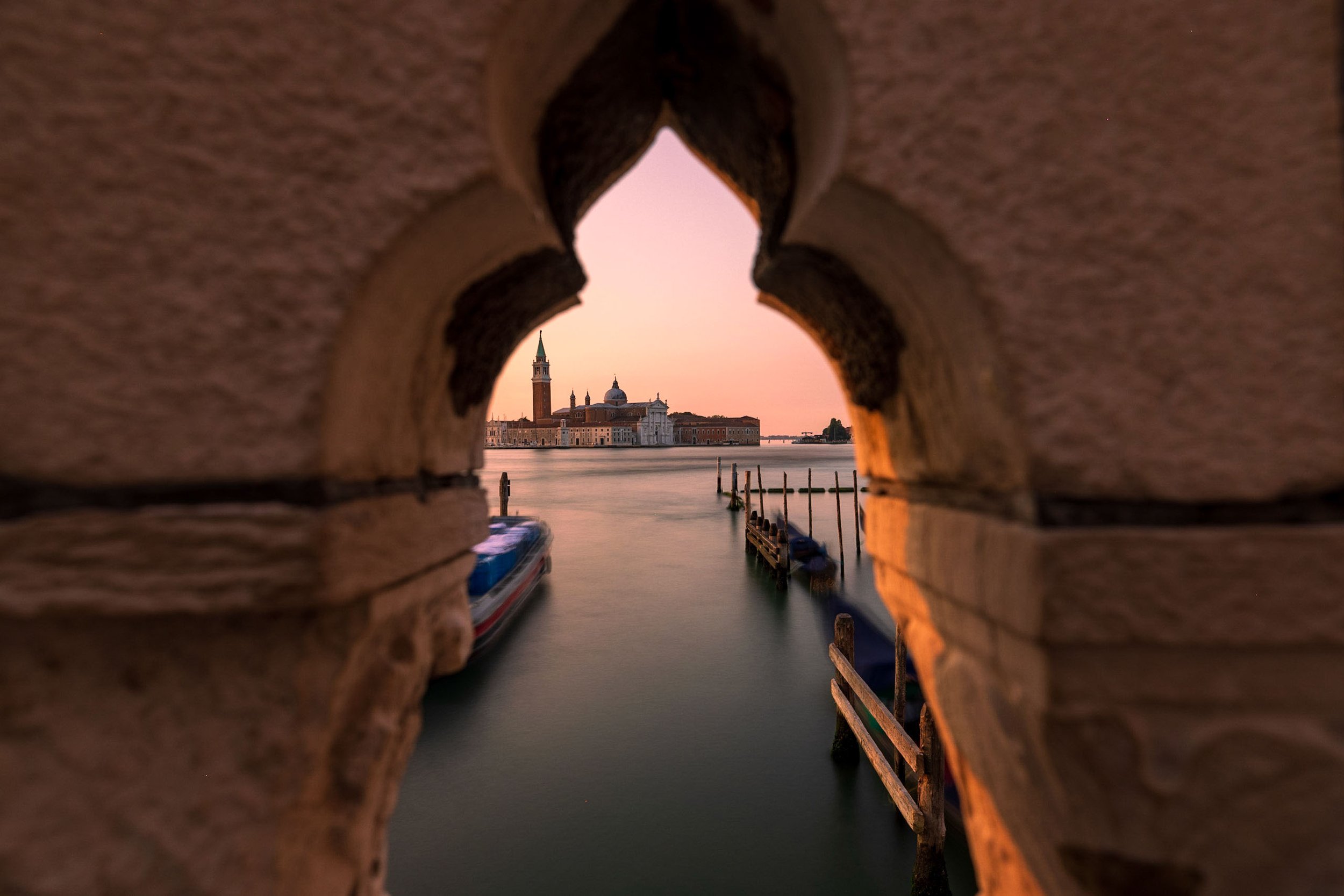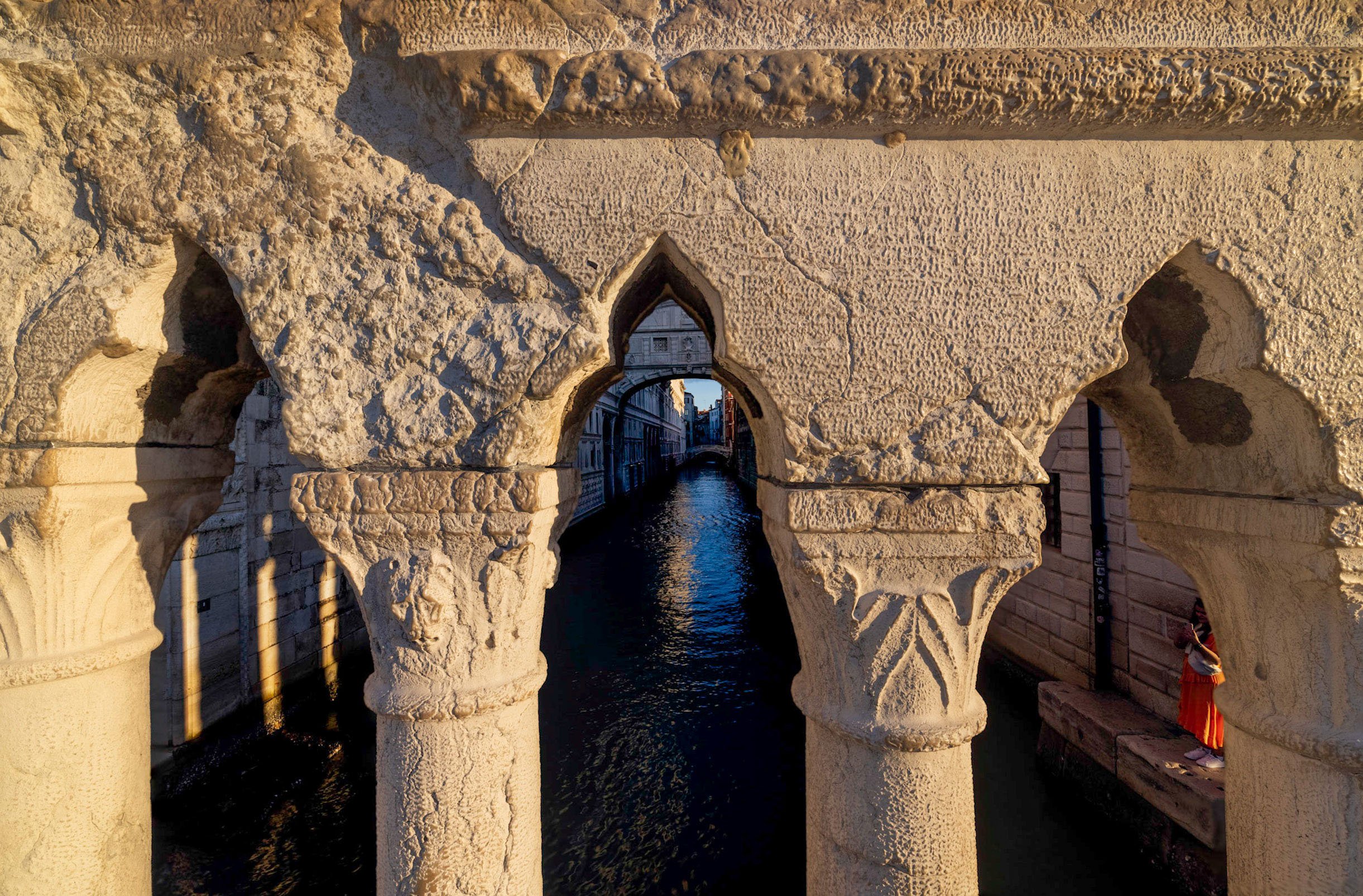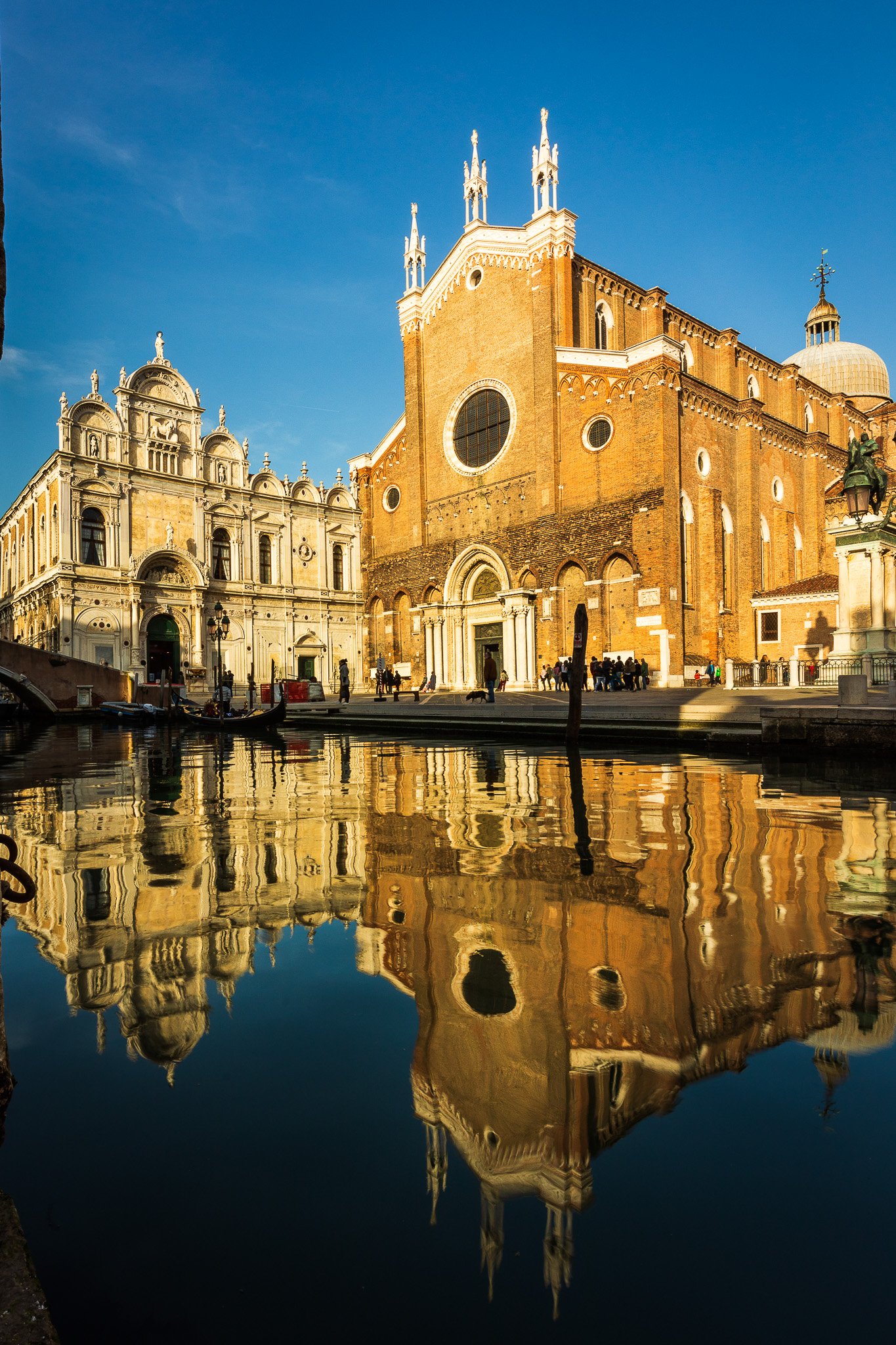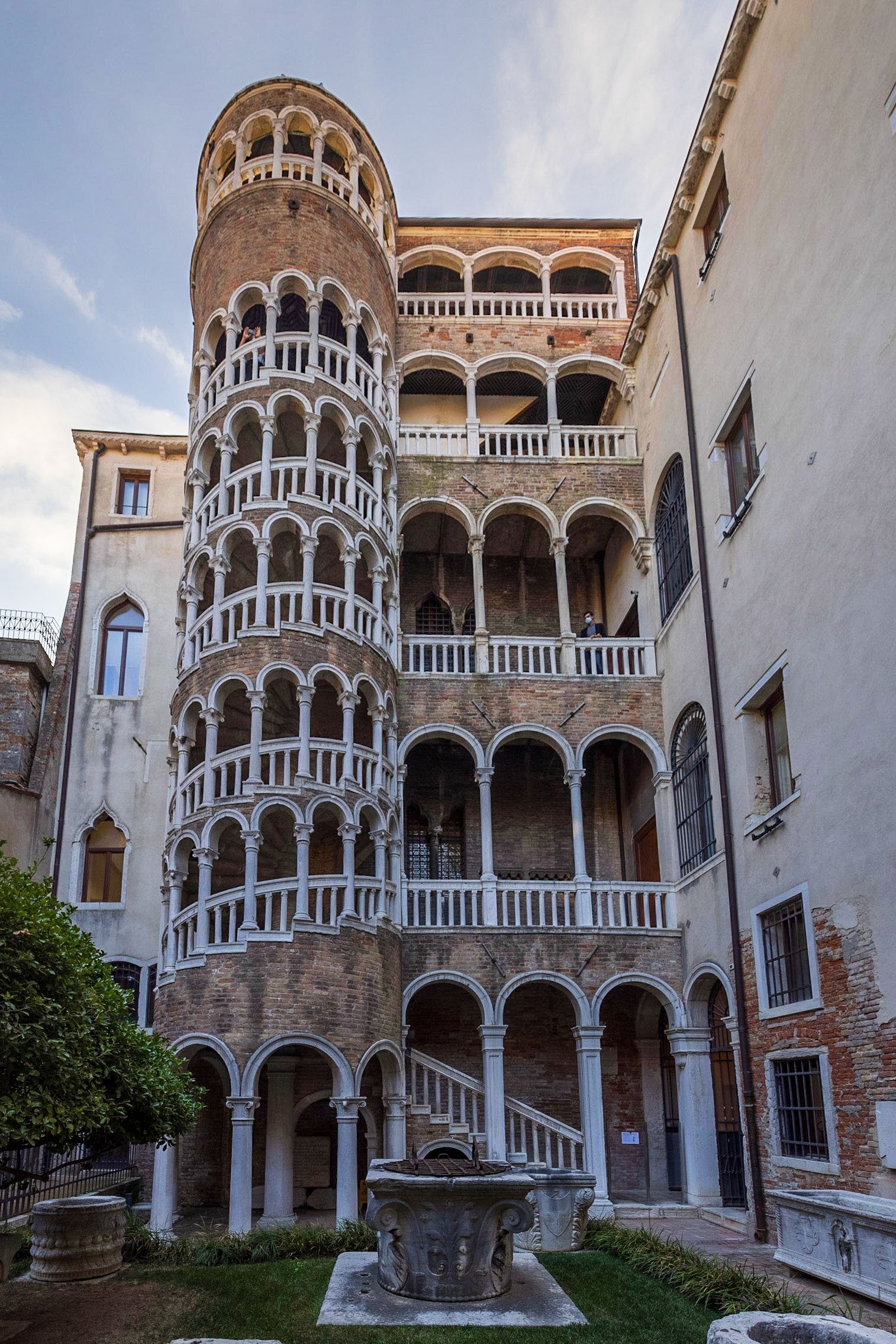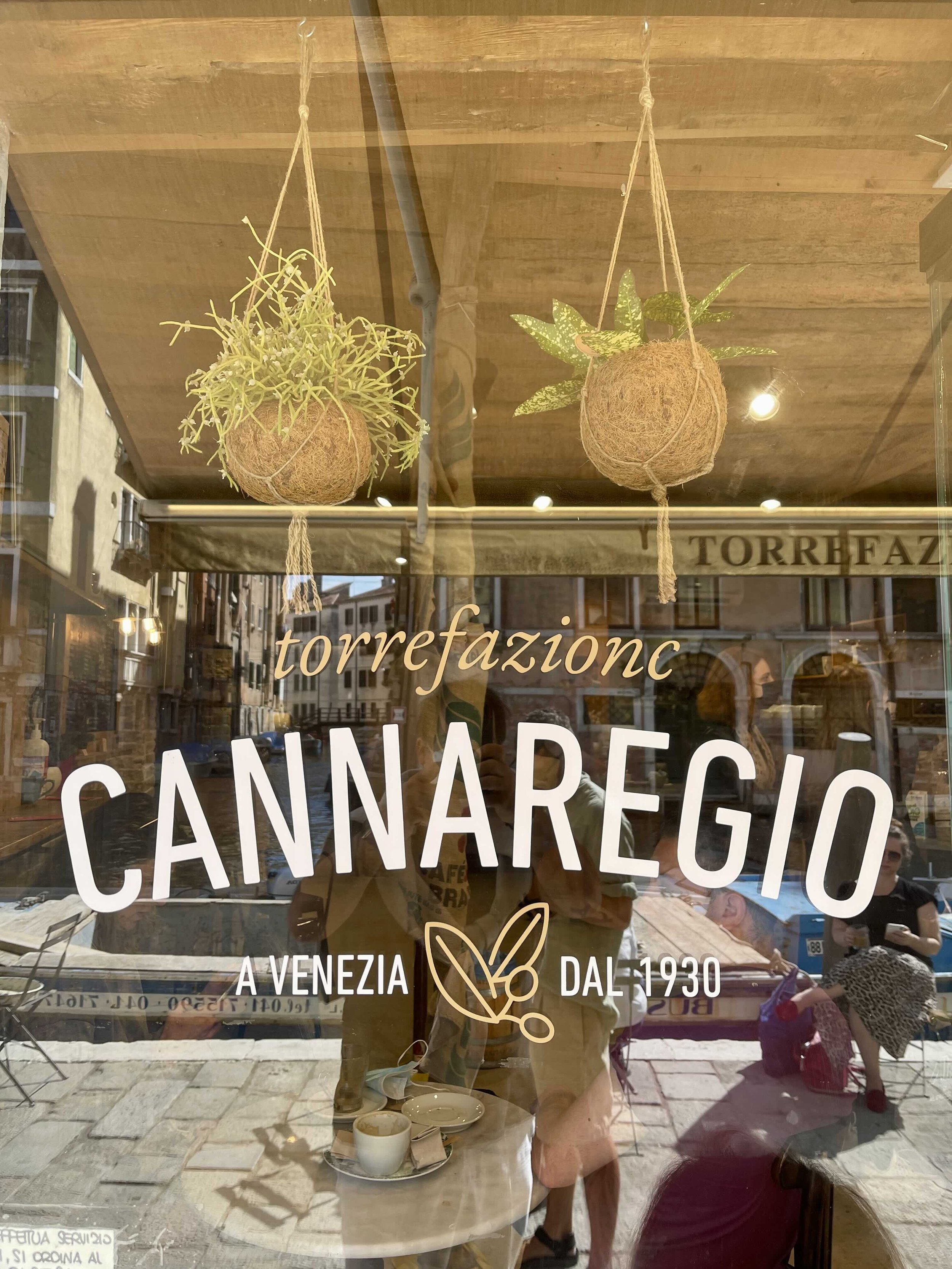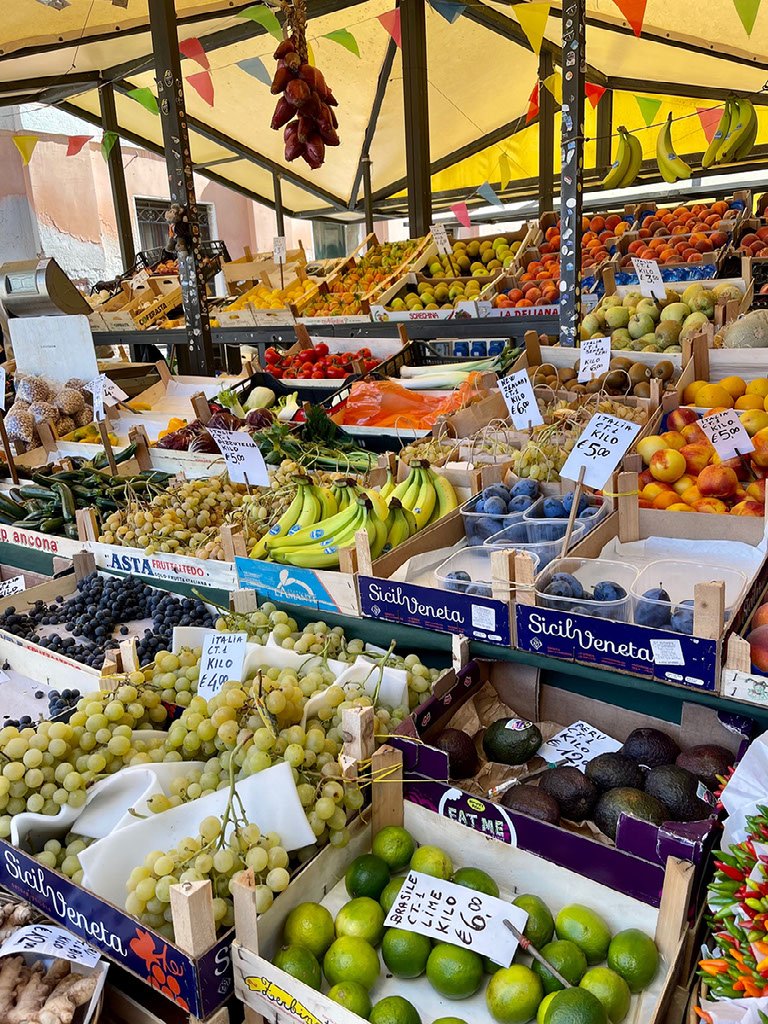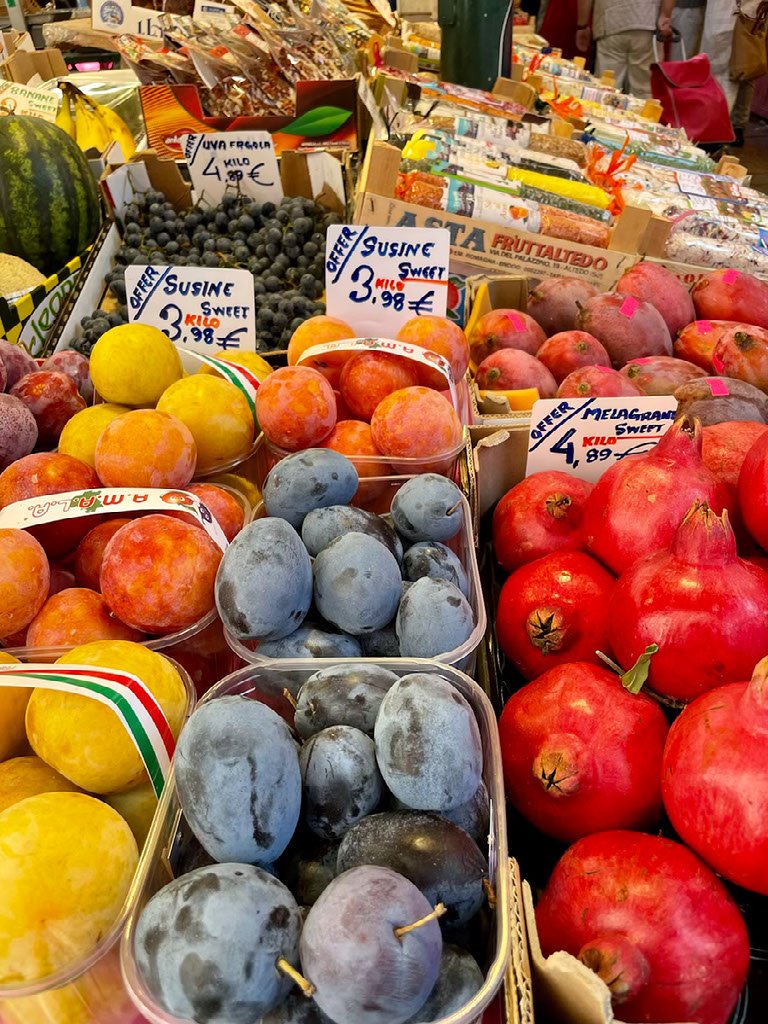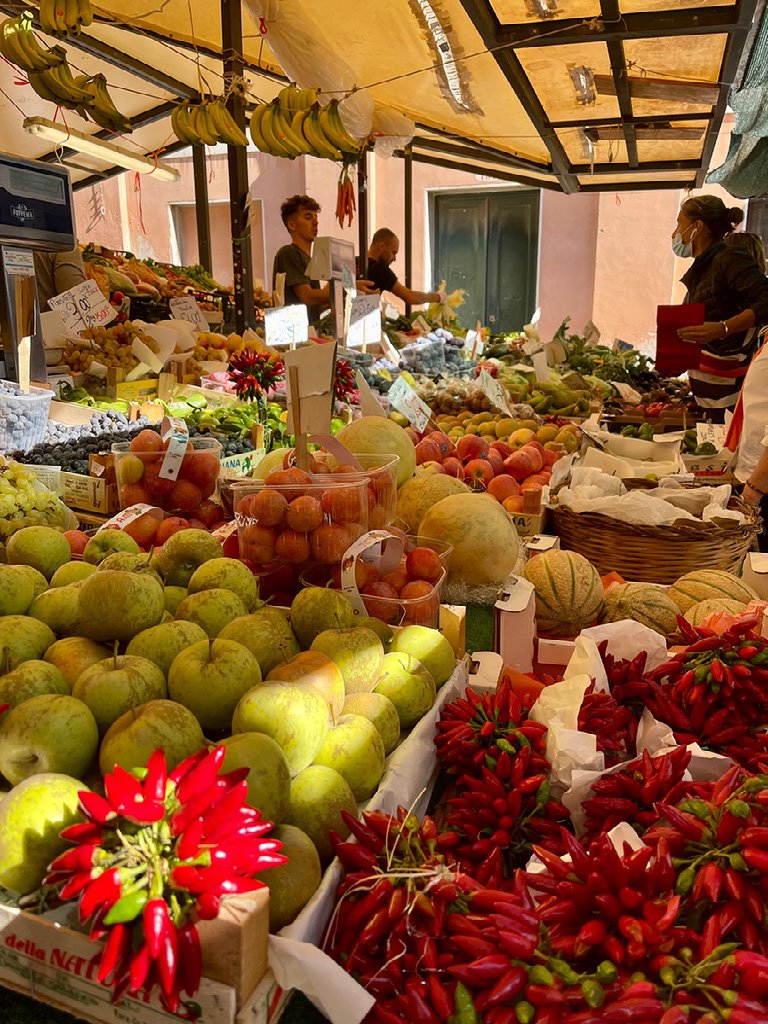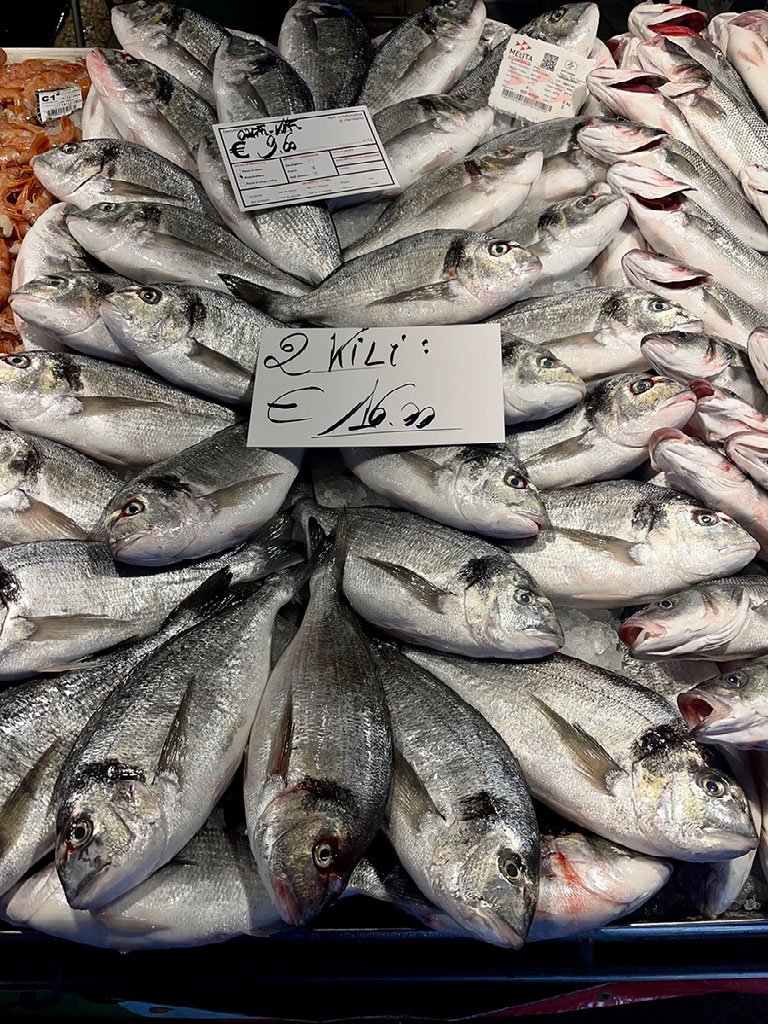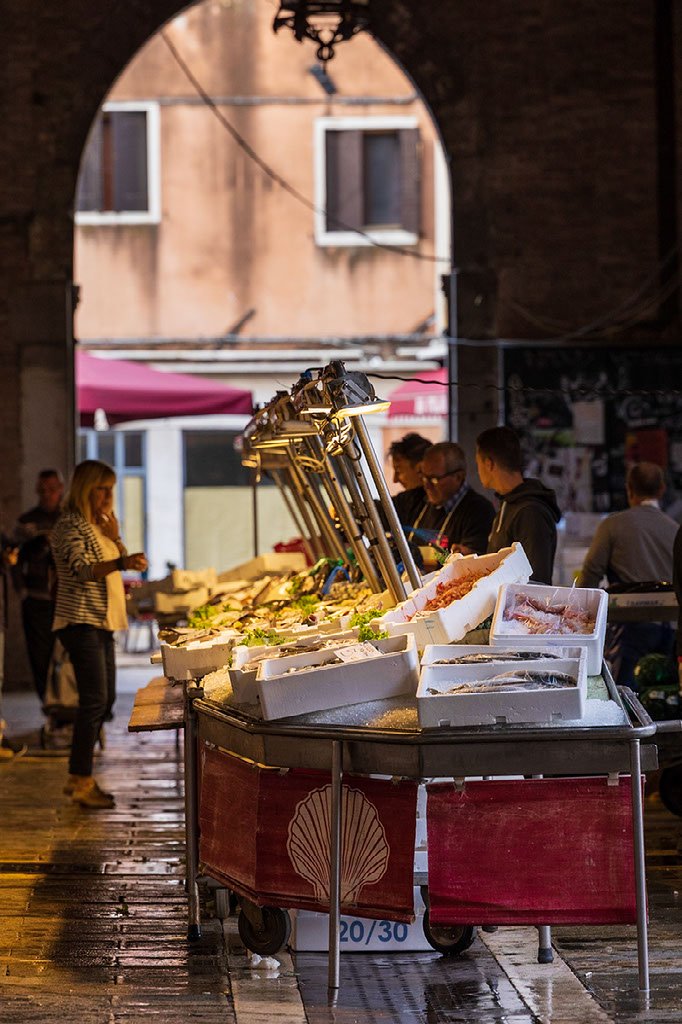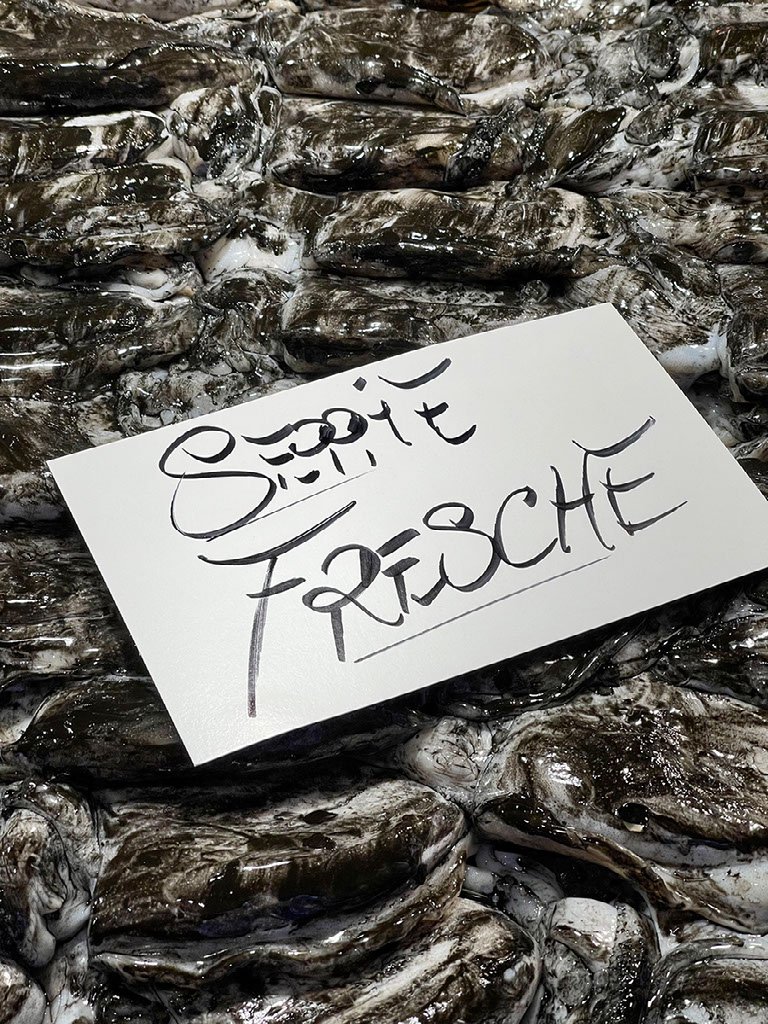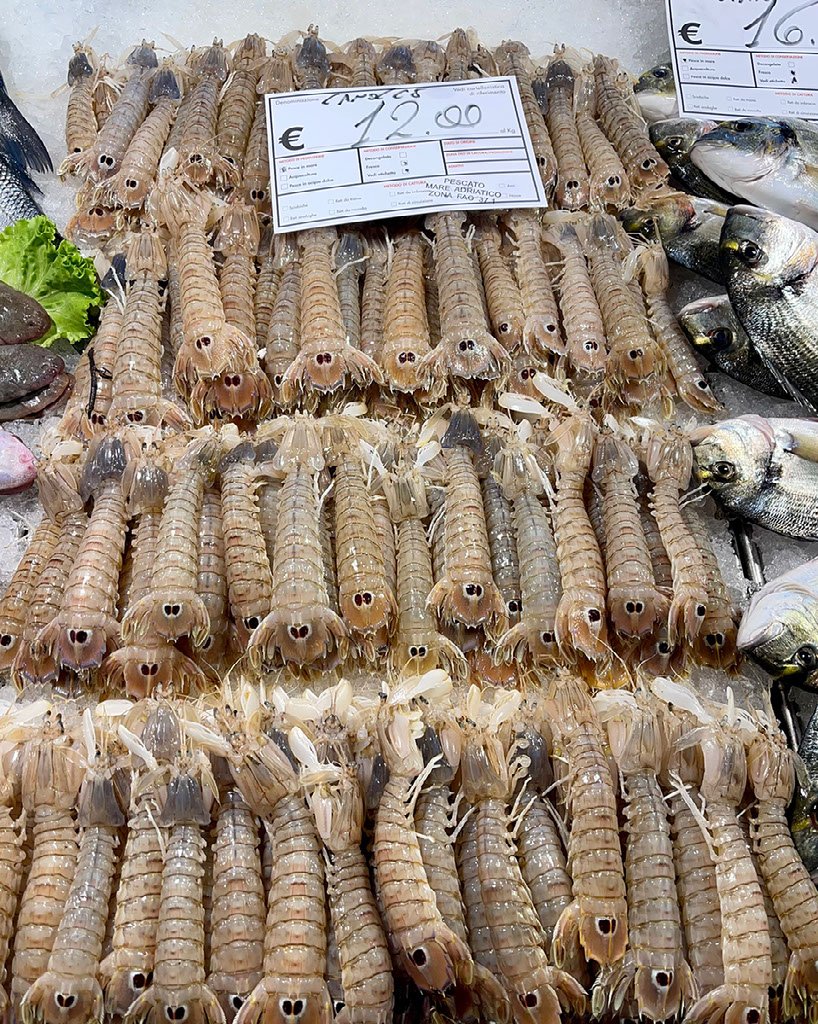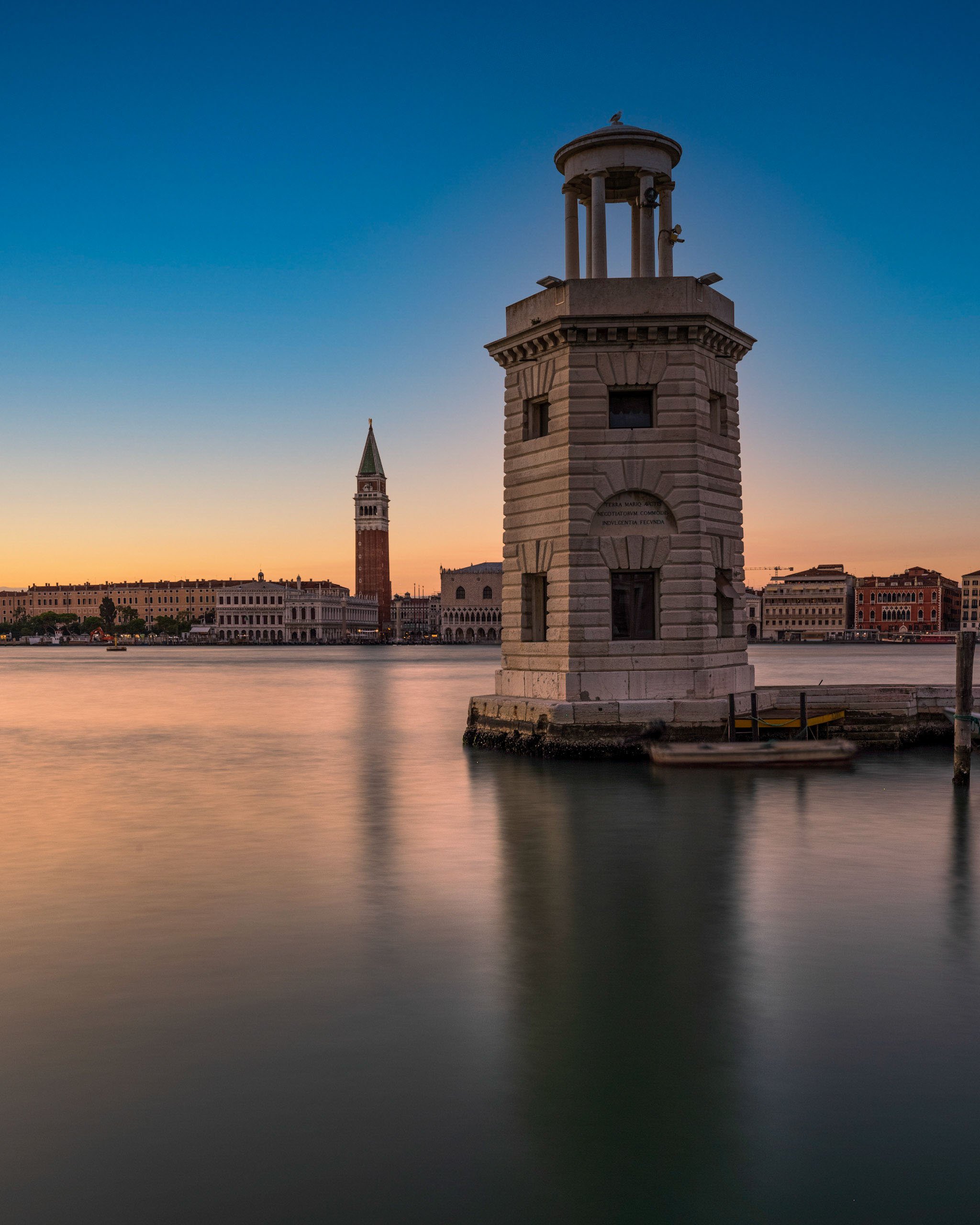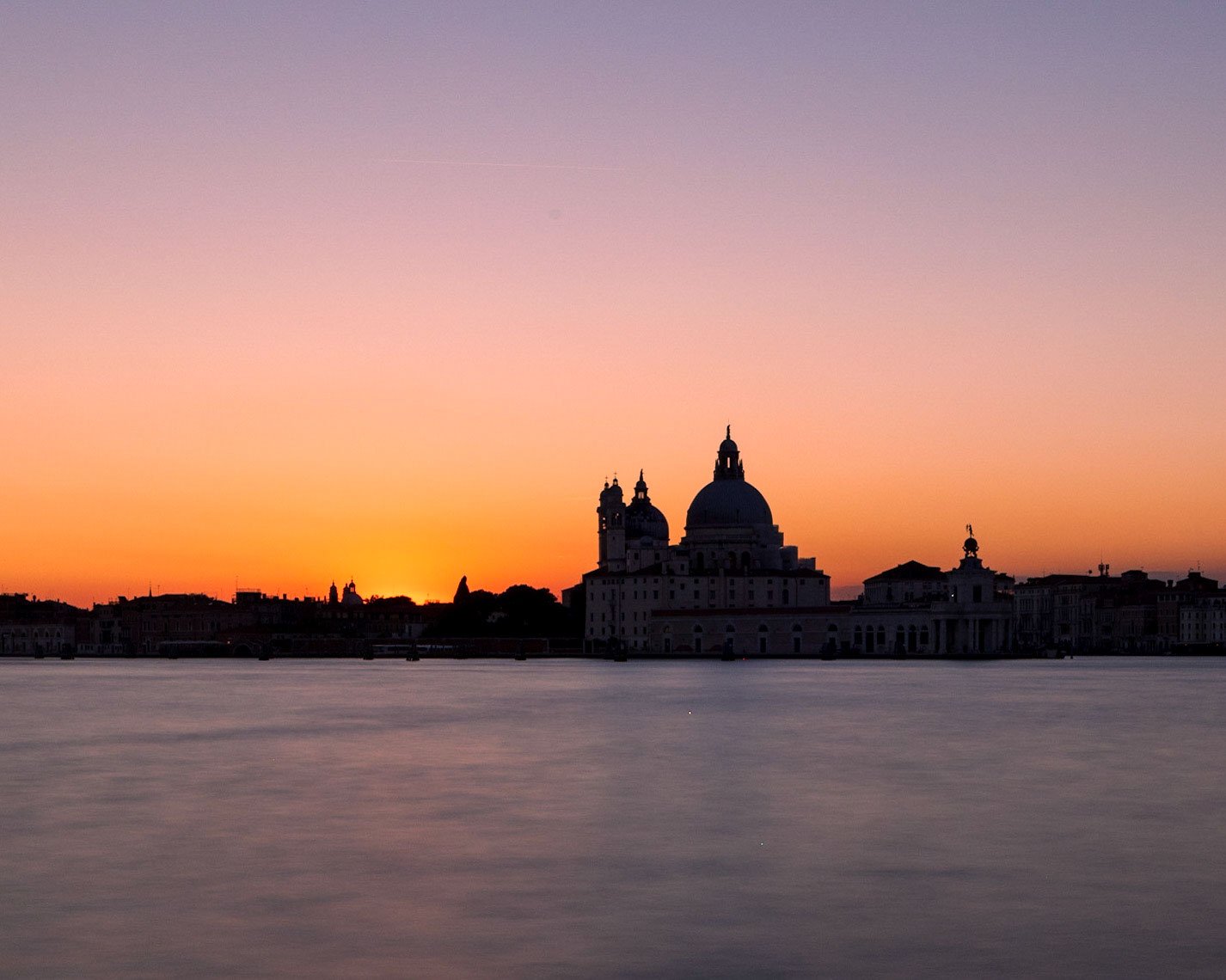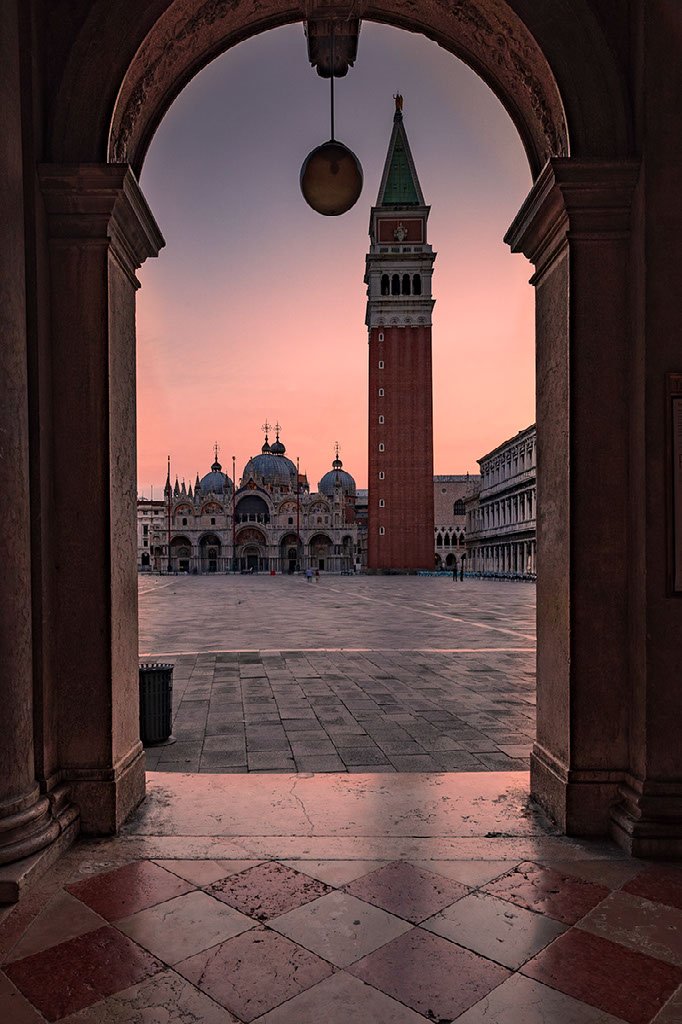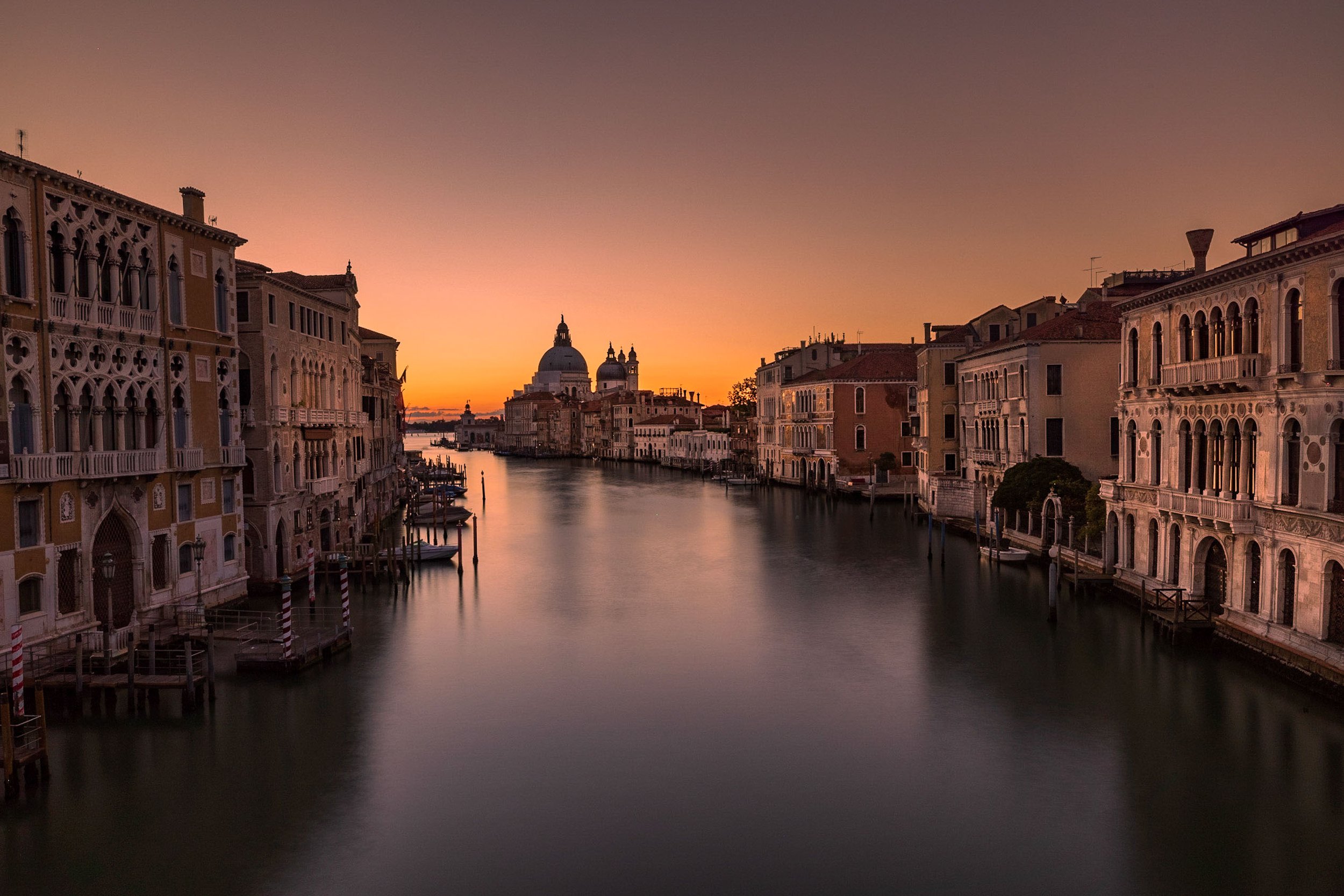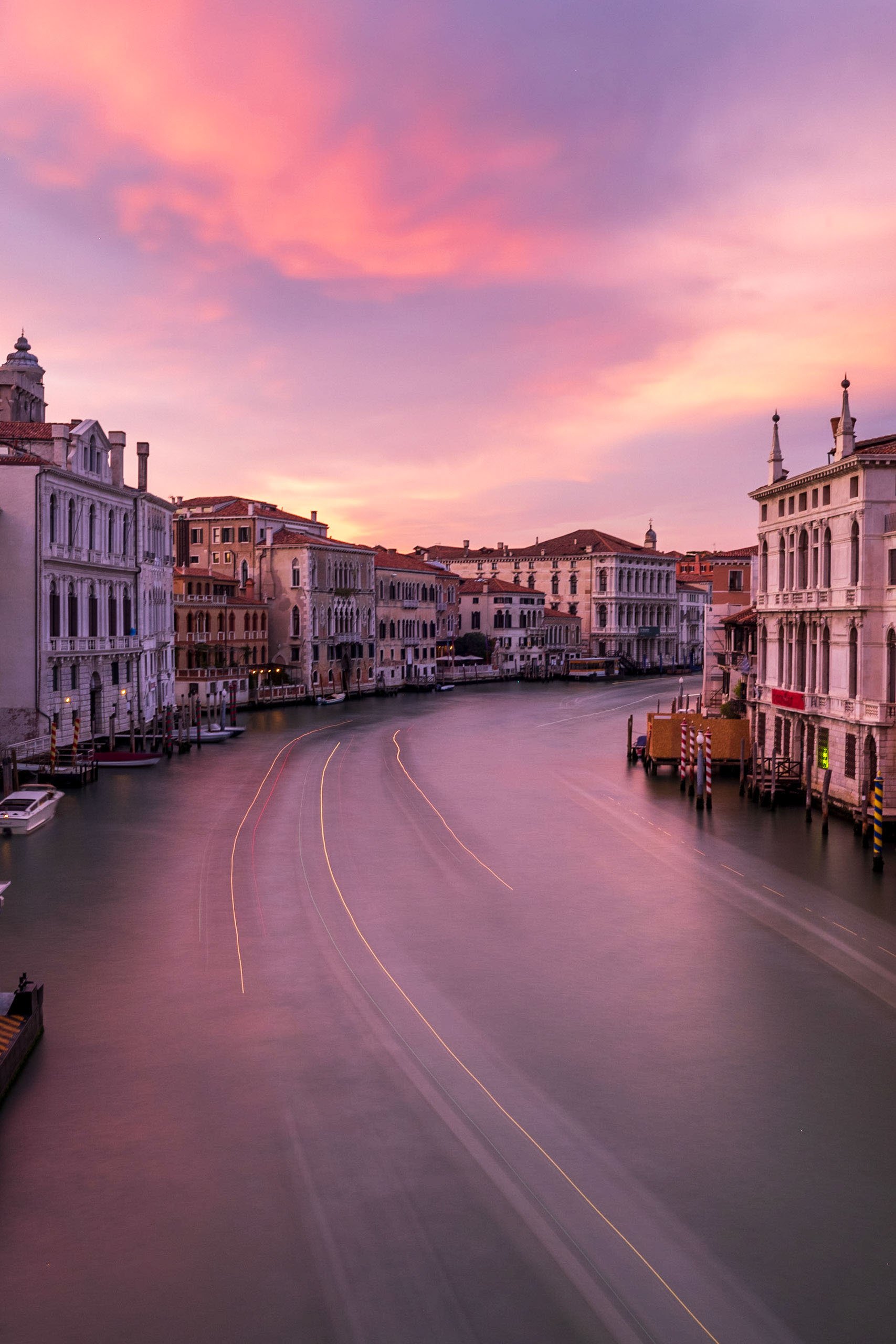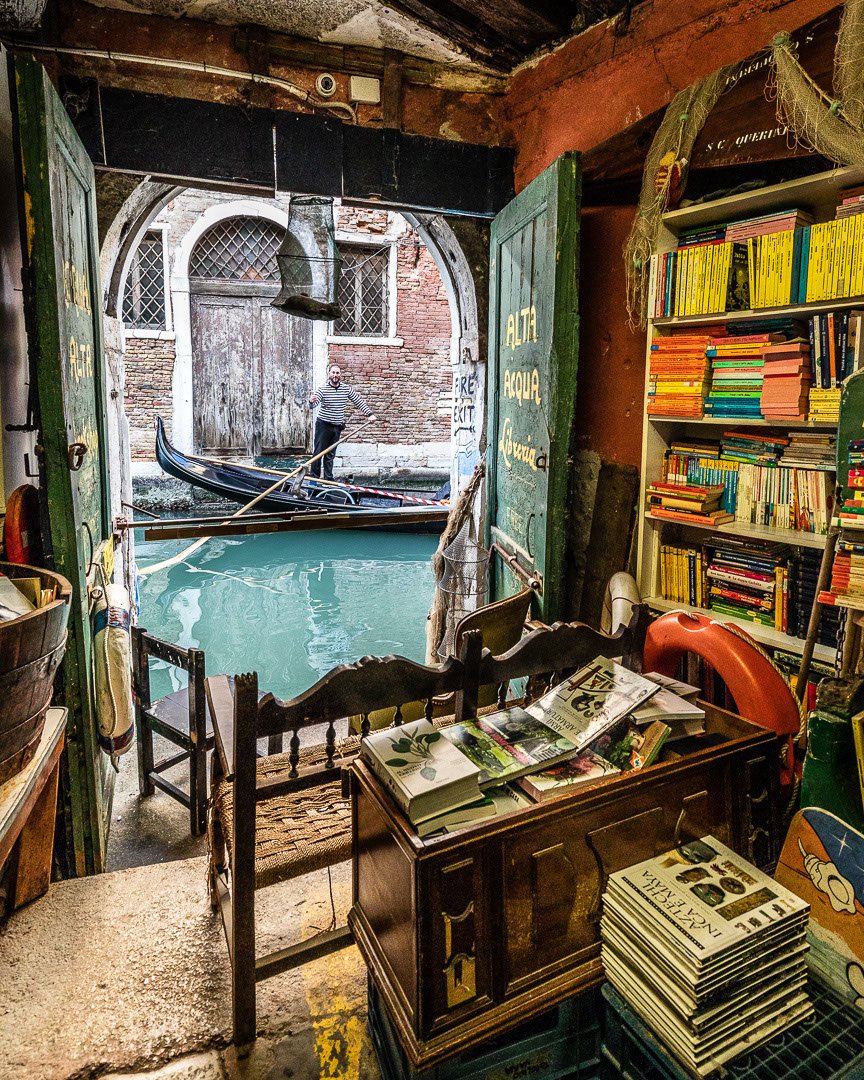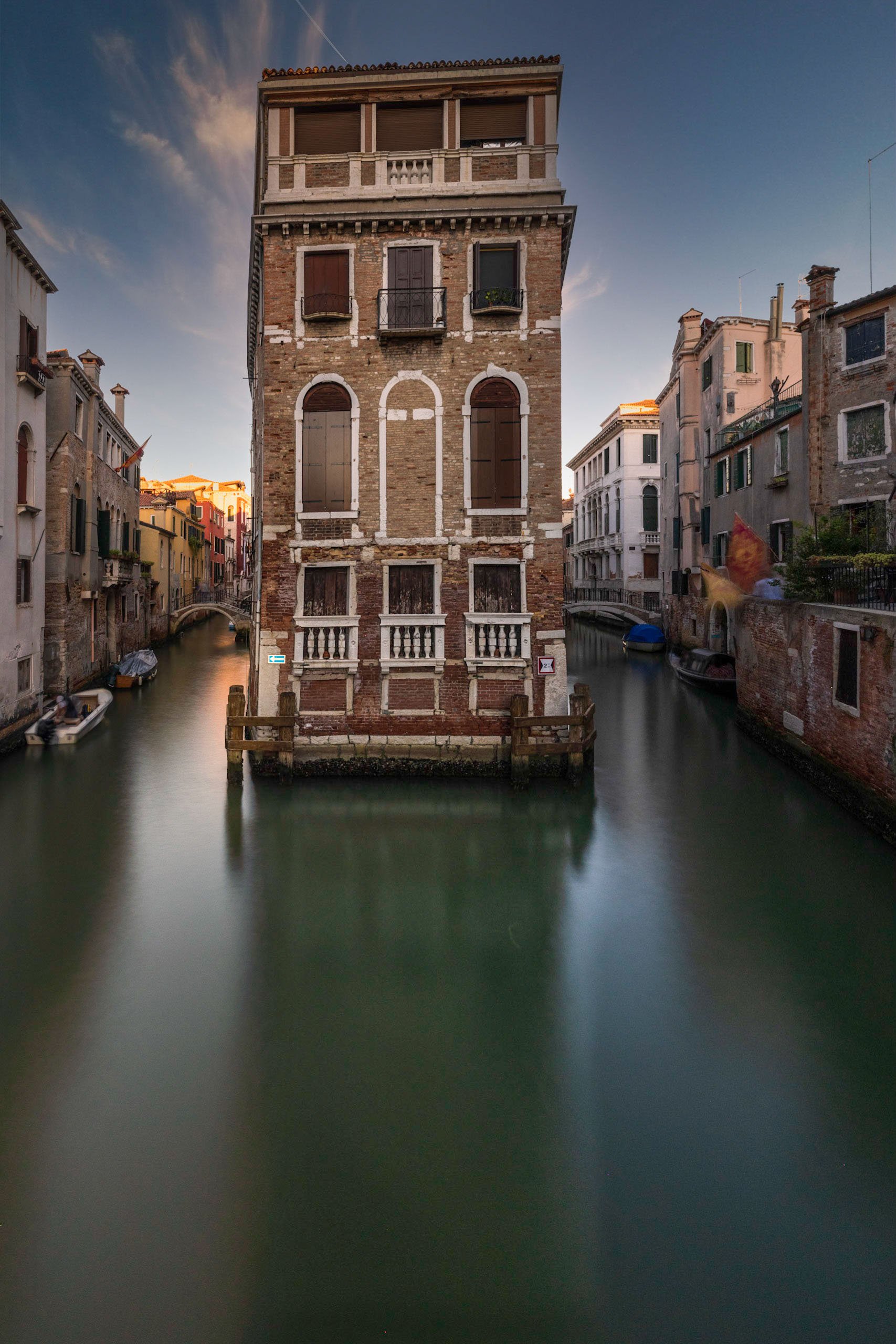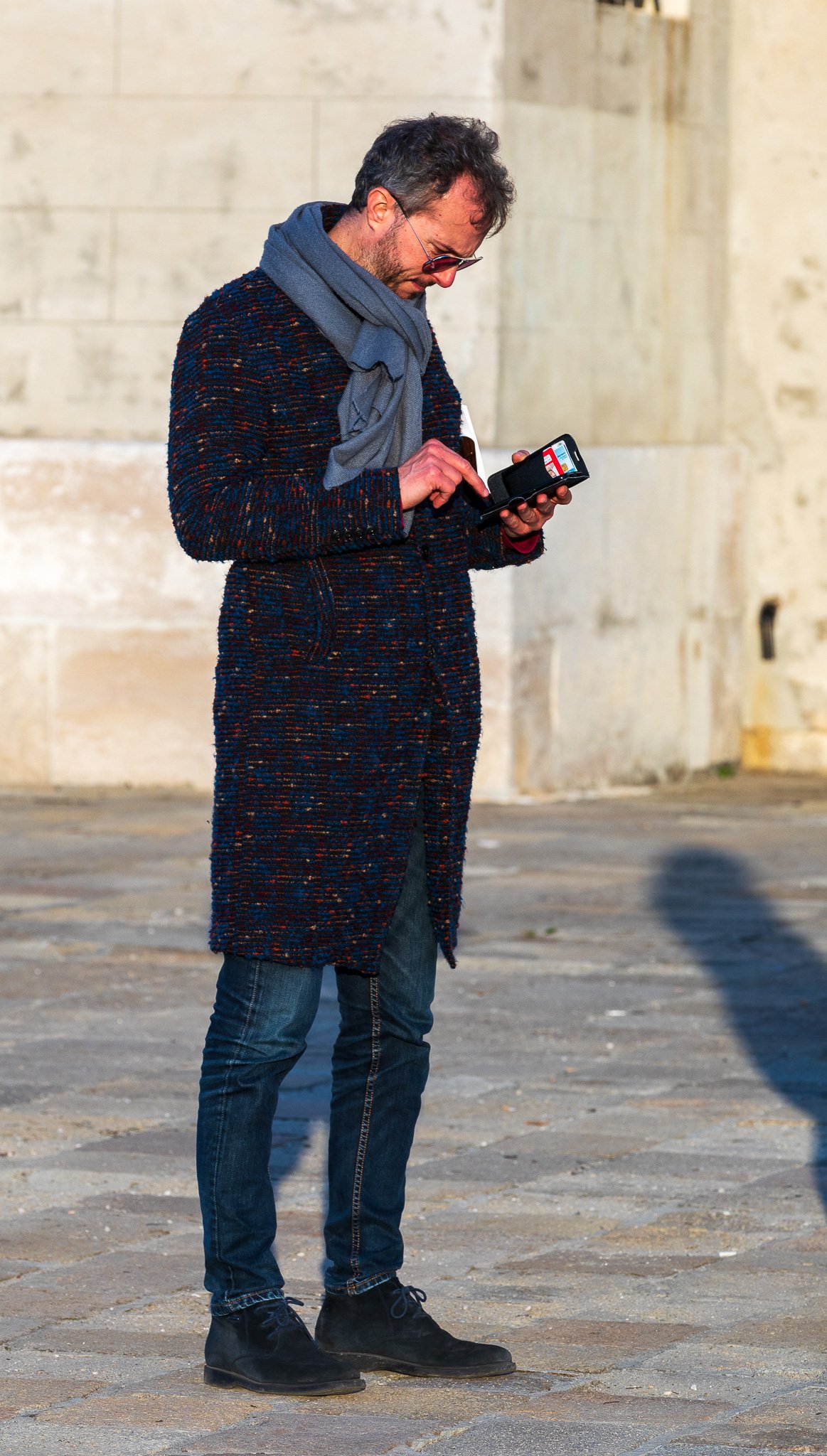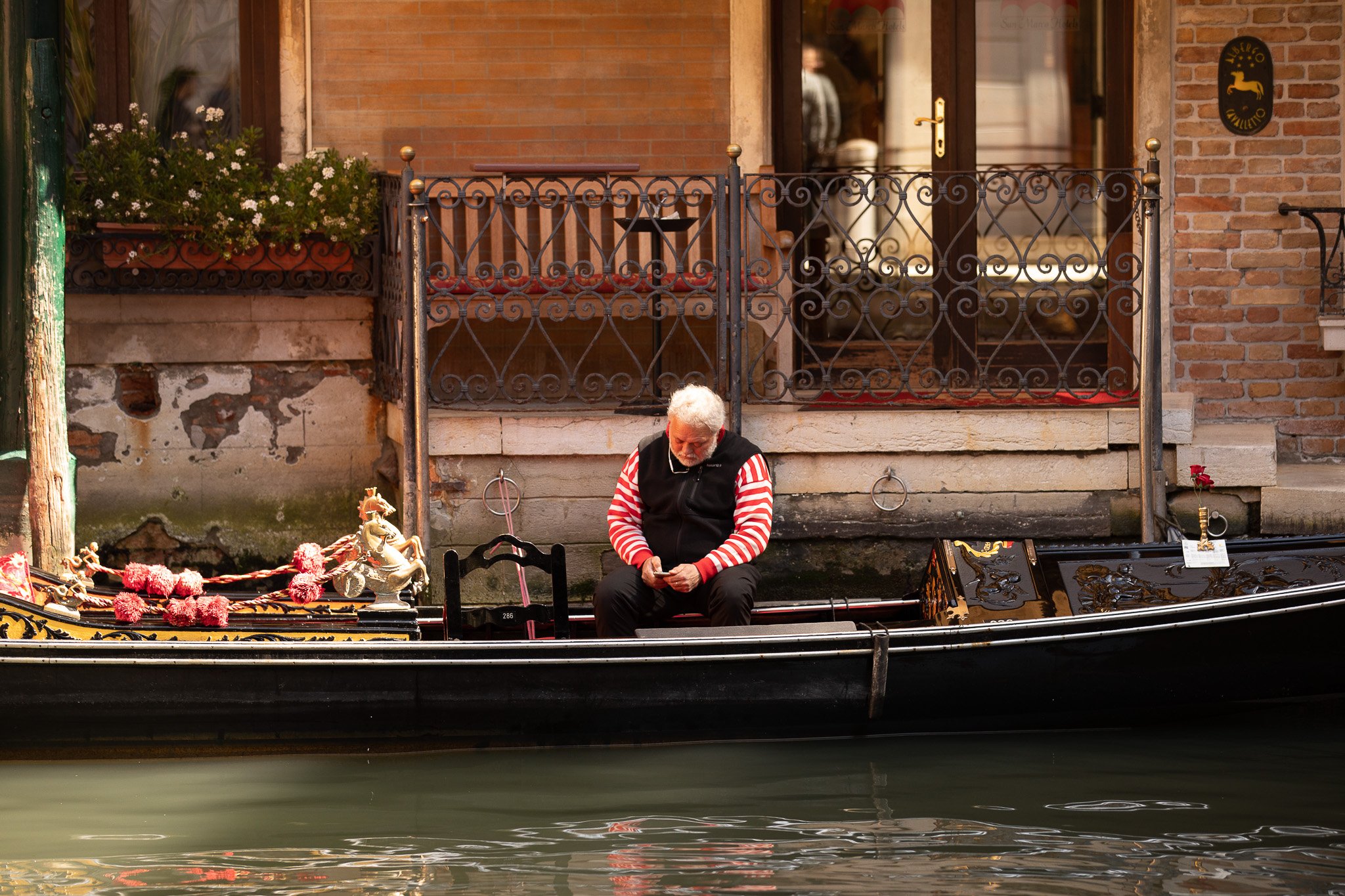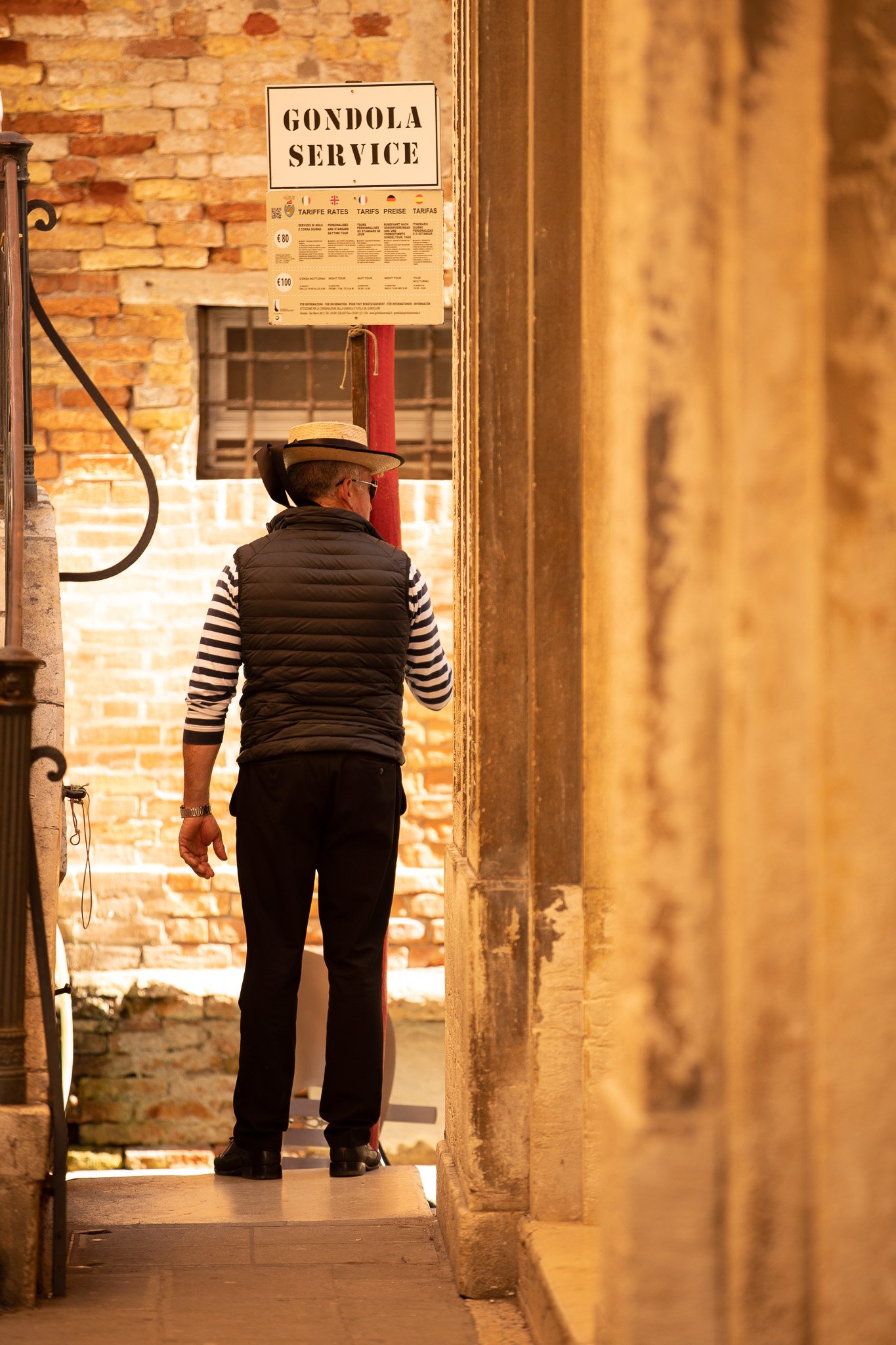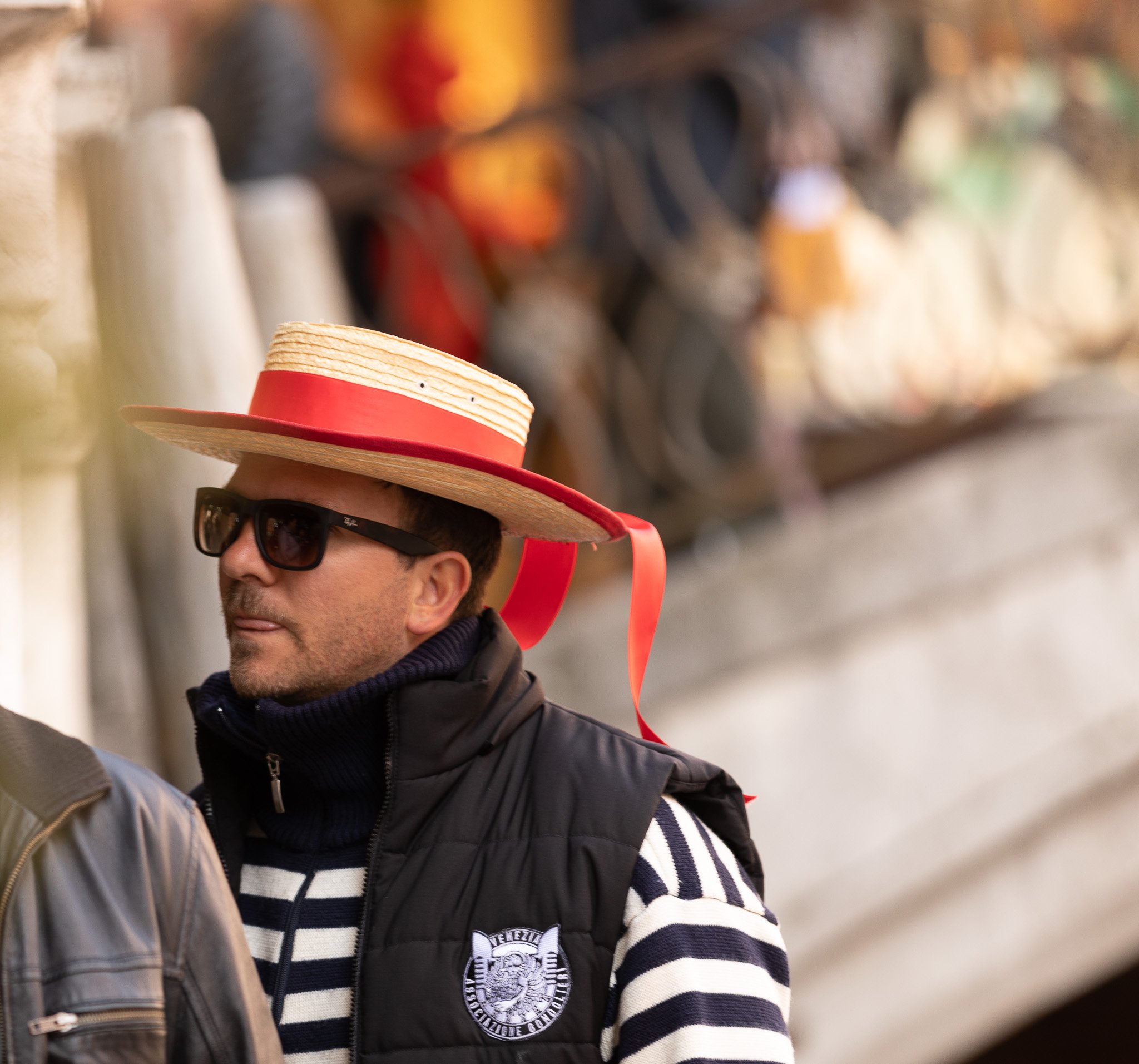My Photography & Travel Guide to Venice, Italy
The thrill of getting on a speedboat and seeing Venice appear before you is truly one of the best travel experiences. There’s something surreal about watching church domes and palazzos rise from the water, silhouetted by centuries of history. It’s even more magical if you arrive in the evening, gliding quietly through the softly lit canals as the city reflects in gold. That first approach feels like entering a dream, and the city only gets more photogenic from there.
The first thing that hits you in Venice isn’t the silence—it’s the shimmer. Gondolas glide through alleyway canals like shadows on glass. The air smells faintly of salt and espresso. Light bounces off the water, walls, and windows with a kind of drama that photographers dream about. And Venice is so picturesque!
““Venice is the most romantic place in the world, but it’s even better when there is no one around.” ”
Long before it became a dream destination for travelers and photographers, Venice was a defiant feat of engineering. Built on 118 small islands in a lagoon of the Adriatic Sea, the city rose from marshes on wooden pilings driven into mud and clay. There are no roads, only canals. No cars, only boats and footsteps. Venice has always belonged to the imagination, and it still feels that way.
I keep coming back to Venice because it doesn’t care if it’s crowded or quiet, sunny or foggy. It always photographs beautifully. You don’t need a plan here. You follow the light, chase reflections, get lost (which you should), and stumble upon magic. Whether you’re shooting with a Canon R5 or an iPhone, Venice makes every frame feel intentional.
This photography guide to Venice covers it all: the best photo spots(including secret ones), tips for camera and smartphone shooters, where to stay for morning light access, seasonal photo advice, transportation, restaurants, and cultural etiquette. You’ll leave with stronger photos—and a few stories, too.
View of San Giorgio Island at Sunrise
Best Time to Visit Venice for Photography
Spring (April-May): Crisp light, mild weather, fewer crowds. Great for soft colors and clean skies.
Fall (September-October): Golden tones, moody fog, and warm evening light.
Winter (Dec-Jan): Quiet, romantic, great for black-and-white and Carnevale photography.
My favorite? Late October. The fog hugs the alleys, and the light is soft all day long, and it is much less crowded.
Getting into Venice
The easiest way to get into Venice from the Marco Polo Airport is to use a Private Water Taxi. I would suggest that you don’t use the one your hotel may offer. It is recommended to contact the Consorzio Motoscafi directly and book through their website. It is a very safe and efficient way to get into the city. The cost, door-to-door, is approximately 107 Euros each way.
The Private Taxi
You can also take a public water taxi, which is much cheaper, but it will take at least 1.5 hours. One more point to consider is that once you get off the water taxi, for example, at the San Marco Water Taxi Station, you will then have a 5-10 minute walk to your hotel with your suitcases in tow. So save yourself the headache and take the Private Water Taxi.
Where to Stay
Venice rewards early risers and slow wanderers, and where you stay can shape your entire photography experience. Unlike other cities, here you're not just booking a hotel—you're choosing your light, your morning walks, and your frame of reference. Stay in a lively campo and you'll wake up to espresso carts and locals sweeping stoops. Stay along a quiet canal, and you’ll photograph still water that looks like glass before the first Vaporetto passes. Below are my favorite neighborhoods and hotels, chosen not just for comfort, but for how well they support photography at different times of day.
Best Neighborhoods for Photographers:
Dorsoduro — Quieter, artsy, and home to golden hour light along the Zattere promenade.
Cannaregio — Underrated, local-feeling, and perfect for moody morning canal shots.
San Marco — Touristy, yes, but a must if you want early access to iconic landmarks like the basilica and Doge’s Palace. This is my personal favorite area to stay in.
Luxury Picks:
Aman Venice — Sumptuous, peaceful, and tucked inside a 16th-century palazzo. Incredible interiors and Grand Canal views.
Gritti Palace — Old-world charm, spectacular terrace, and unbeatable sunrise access.
Ca' Sagredo Hotel — An art-filled palace with its own Grand Canal dock. Light-filled rooms that feel like film sets.
Mid-Range/Boutique Picks:
Hotel Antiche Figure — Right on the Grand Canal with charming rooms and easy train station access.
Locanda Fiorita — Intimate and tucked away, with a photogenic little square right outside.
Ca’ Maria Adele — A romantic gem in Dorsoduro, steps from Salute church and the Punta della Dogana.
The Elegance of Italian Fashion
How Many Days in Venice for Photography?
4–6 days gives you time to explore with intention and patience.
Sample Itinerary (5 Days):
Day 1: Arrive, walk from Dorsoduro to San Marco at golden hour. Shoot gondolas at sunset.
Day 2: Wake early for St. Mark’s Basilica without crowds. Visit the Doge’s Palace. Afternoon wandering in Castello. Blue hour by the lagoon.
Day 3: Island hop to Burano (bright houses!) and Torcello (quiet nature shots).
Day 4: Cannaregio morning strolls. Visit the Jewish Ghetto. Night photos at Rialto.
Day 5: Campo Santa Margherita coffee, artsy photos at the Peggy Guggenheim Collection, and farewell photos from the Accademia Bridge.
Phone Tip: Low-light cafes and quick action shots of boats are perfect for smartphones.
Camera Tip: Use longer lenses for architecture and reflections across the canal.
Getting Around Venice: Photo-Friendly Ways to Explore
One of the most magical things about Venice? There are absolutely no cars. No honking, no crosswalks, no traffic jams. You’ll get everywhere by foot or by boat, which means the city’s rhythms are naturally slower—and better for photography. This car-free design encourages wandering, and that’s exactly what Venice wants you to do. Whether you're walking along canals or catching a vaporetto down the Grand Canal, getting around becomes part of the visual journey.
Walk: Venice is a maze meant for wandering. It’s the best way to find light and texture.
Vaporetto: Take Line 1 for Grand Canal photos. Sit outside in the back.
Gondola: Expensive but gives you rare canal-level angles.
Tips: Be mindful of bridges and stairs if carrying heavy gear. Avoid San Marco during midday crowds.
Consider getting a Venezia Unica Card for easier Vaporetto access.
Where to Eat and more importantly have Gelato
Venice has an unfair reputation when it comes to food, mostly because too many visitors get trapped near the major sights. But step just a few alleys away, and you’ll find trattorias serving up silky bigoli pasta, seafood pulled from the lagoon that morning, and spritzes poured generously into short tumblers. The Venetian food scene is best enjoyed slowly, with plenty of camera breaks.
Start with cicchetti, small plates meant for sharing—perfect for mid-day wandering. Order local specialties like sarde in saor (sweet and sour sardines) or baccalà mantecato (creamed cod). Photograph your plate in natural light near a window or on a sunny campo bench.
I love the intimacy of Osteria alle Testiere, a seafood-focused spot near Santa Maria Formosa. The food is elegant but relaxed. For lagoon views and modern dishes, Algiubagiò offers both plating and a view worth capturing. Over in Dorsoduro, Trattoria Anzolo Raffaele is warm, tucked-away, and good for ambient interior shots.
For coffee, Torrefazione Cannaregio is my go-to for early light and a local vibe. Caffè Florian, on the other hand, is touristy but visually iconic—perfect for a golden-lit photo series of 18th-century elegance. And Pasticceria Tonolo? Candid sugar-dusted moments, guaranteed.
Here are a few suggestions of places we like:
Rosa Salva --a coffee shop with excellent espresso with locations throughout the city.
Ristorante Wistèria (San Polo 2908, 30125 Venezia VE, Italy) -they have a beautiful courtyard and offer outstanding Italian food.
Caffè del Doge (Rialto, Calle dei Cinque, 609, 30125 Venezia VE, Italy) - our favorite coffee shop in Venice--we probably went once a day.
Al 133 ( Salizada San Pantalon, 133, 30135 Venezia VE, Italy) -Great little cafe/bar with a friendly staff. Big cafe lattes, wine, beer, snacks. Quiet garden in the back.
Caffè Quadri (P.za San Marco, 121, 30124 Venezia VE, Italy) - The cafe has been in San Mark's square since 1638!! It is the perfect place to end the day with an Aperol Spritz. It is of course expensive being on San Marco but it is worth trying at least once during your stay.
Gelato di Natura (Cannaregio, 4454, 30121 Venezia VE, Italy) - after ample research, we have determined that this is the best Gelato in Venice. We loved the Camp San Giacomo da l’Orio location.
Bar All'Arco (Calle Arco, 436, 30125 Venezia VE, Italy) - All’Arco is the quintessential Venetian bacaro (traditional wine bar) where you can try the delicious cicchetti
Osteria Enoteca San Marco (Calle Frezzaria, 1610, 30124 Venezia VE, Italy) -my favorite restaurant in Venice--fantastic food and staff.
Chat Qui Rit | Ristorante Venezia Gourmet (C. Tron, 1131, 30124 Venezia VE, Italy) -we found this restaurant by chance and got lucky. Very good food and service.
Farini (Castello, 5602, 30122 Venezia VE, Italy) is a quick takeaway pizza place that is the perfect place for a bite.
The Elegant Wait Staff @Caffe Al Quadri
Photography Gear
Best Camera Gear for Venice Photography: Mirrorless & Mobile
Venice may look like a dream, but it comes with a few technical challenges. Alleyways can be dark, bridges shake underfoot traffic, and reflections shift constantly. A lightweight but adaptable kit is essential for both comfort and creative flexibility.
Venice is a city of nuance and soft contrasts, so your gear should match the mood. You won’t need everything, but a thoughtful kit can help you make the most of varied lighting conditions and tight alleyways.
Recommended Mirrorless Setup:
Canon R5, Sony A7R V, or Nikon Z8
24-70mm for walk-around versatility
70-200mm for compressed canal scenes and candid portraits
Compact tripod for early morning and night shooting
ND filter for slow-shutter water blur
Plenty of memory cards and spare batteries
Smartphone Photography Tip Box:
Use Wide Angle lens for alleyways and interiors
Try Portrait Mode with people, gondolas, or masks
Shoot RAW if your phone allows
Bring a small tripod or phone clamp for longer exposures
Edit with Lightroom Mobile or Snapseed
Don’t forget a power bank
The Gondolieri
Best Photo Spots in Venice
While it is important to photograph the classic locations such as the Accademia Bridge, it is equally important to just get lost in Venice. Some of the best spots you will take are from walking aimlessly throughout the city. It is also important to leave the city center around San Marco and explore the "real" Venice where locals live. Most visitors tend to hover around San Marco and the Rialto Bridge, but there is so much more to Venice than these two locations. It would be like going to Paris and just seeing the Eiffel Tower.
Venice is a city that photographs like a painting—layered, moody, and always a little mysterious. The shifting light, narrow lanes, and reflective canals offer endless opportunities, but the key is slowing down. Let your camera linger. Wait for the moment. Below are my personal favorite photography spots in Venice, from the classic to the quietly poetic.
Gondolas by San Marco Square
This is a classic shot in Venice. You want to get there before sunrise when the lights are still on. Focus on San Giorgio Island in the background the slow your shutter speed to get the movement of the Gondolas.
You can also take the shot with a wider lens
Piazza San Marco
Piazza San Marco is the most famous spot in the city. The piazza gets busy by 8 am, so I would visit Sunrise when you can have the Piazza to yourself. Pro Tip: If you find a small puddle of water, take out your camera or iPhone and place it about 1 inch (2.5 cm) off the ground (invert the iPhone so the camera lens is closer to the ground) and capture the reflections. Or you can just bring a bottle of water and pour it on the ground to get an instant reflection. Photo Tip: Sunrise 📷 Best Lens 15-35 mm & 70-200, ND Filters and Tripod for the Reflections.
Sunrise
This is also a great place to take reflections especially early in the morning.
Love Reflections
The Bridge of Sighs
The Bridge of Sighs was named for the “sighs” of the prisoners who passed over it.
Basilica dei Santi Giovanni e Paolo
The Basilica dei Santi Giovanni e Paolo is just a beautiful church to photograph. I think the best spot to take a photo is from an alleyway across the canal from the Church. In the afternoon, you can take a photo with a fantastic reflection of the church. There is also a nice coffee shop, Rosa Salva, beside the church, where you can take a break. Photo Tip: Best Time of Day: Sunset 📷 Best Lens 15-35 mm, ND Filters, and Tripod for the Reflections.
This is also a great place for a reflection
Palazzo Contarini del Bovolo
This palazzo is best known for its external multi-arch spiral staircase known as the Scala Contarini del Bovolo (literally, "of the snail"). The palazzo is situated on a small, less-traveled calle (street) near Campo Manin and is somewhat difficult to locate. No wonder I finally found it on my 4th trip to Venice. Photo Tip: Best Time of Day: During the Day 📷 Best Lens 15-35 mm or wider.
Ponte Chiodo
While there are thousands of bridges in Venice, this one is "Instagram" famous because it does not have side rails or balustrades. Photo Tip: Best Time of Day: Day Time 📷 Best Lens 15-35 mm or 24-70 mm.
Ghetto Ebraico "The Jewish Ghetto"
One of my favorite areas of Venice is the Jewish Ghetto or "Ghetto Ebraico" in Italian. It was Europe’s first ghetto. It is now a lively area full of shops, restaurants, and institutions of the Jewish community. Photo Tip: Day Time 📷 Best Lens 24-70 mm or an iPhone.
There is an excellent coffee shop in the area
Ca' Rezzonico
The Ca' Rezzonico is an incredible museum right on the Grand Canal. It is just the opposite of the Rialto Market. The museum is filled with furniture, paintings, and sculptures of the eighteenth century. Photo Tip: Best Time of Day: Sunset/Sunrise 📷 Best Lens 24-105 mm.
Rialto Mercato
The perfect time to visit the Rialto market is in the morning when the fruit and fish markets come alive. It is just wonderful to stroll through the market and buy some fresh fruit. The fish market is just amazing to walk through as well. You will not find fresher fish anywhere. Photo Tip: Best Time of Day: Morning 📷 Best Lens 24-70 or 70-200 mm
Right next to it is the fish market
Rialto Bridge
The Rialto Bridge is the oldest of the four bridges spanning the Grand Canal in Venice, Italy. It was designed and built by Antonio da Ponte, which is funny since Ponte means bridge in Italian. I think the best time to photograph the bridge is at Sunset. Photo Tip: Best Time of Day: Sunset 📷 Best Lens 15-35 mm, ND Filters and Tripod for the Reflections.
San Giorgio Maggiore
San Giorgio Maggiore (Venetian: San Zorzi Mazor) is one of the islands of Venice. It is just a 5-minute Water Taxi ride from San Marco. You can catch the Water Taxi from the Boat Launches next to San Marco Square.
Sunset
Monet even painted a series of painting featuring the island. I would recommend visiting at Sunset. You can first visit the Bell Tower in the Church and then take a photo of the Santa Maria Della Salute Church. Photo Tip: Best Time of Day: Sunset 📷 Best Lens 15-35 mm & 70-200 mm, ND Filters and Tripod for long exposures.
The View of Santa Maria della Salute
St Mark's Campanile
Right off San Marco Square, you will see the Campanile. The area is best to photograph at Sunrise when there are a lot fewer people. Photo Tip: Best Time of Day: Sunrise 📷 Best Lens 15-35 mm or 24-70 mm
Sunrise
Ponte dell'Accademia
The last time I was in Venice, the Accademia bridge was being repaired. So it was impossible to take a photo from the bridge. This is a great Sunrise & Sunset location. But get here early. When I arrived around 6:30 am, there were already about 25 photographers with Tripods on the Bridge. Photo Tip: Best Time of Day: Sunrise & Sunset 📷 Best Lens 15-35 mm, ND Filters, and Tripod for the Reflections.
There are equally beautiful views from the other side of the Accademia Bridge at Sunset.
Libreria Acqua Alta
The Acqua Alta bookstore is a fantastic place to visit, but it is often overrun with Instagrammers. It’s so crowded that it's hard to take a decent photo. This is the bookstore where all the books are in bathtubs to prevent them from being damaged during the Venice floods each year. Photo Tip: Best Time of Day: Daytime 📷 Best Lens 24-70 mm
Rio di San Giovanni Laterano
Located just around the corner from the Acqua Alta bookstore. This house can only be accessed by boat. Best Time of Day: Photo Tip: Sunset 📷 Best Lens 15-35 mm, ND Filters and Tripod for the Reflections.
Street Photography
Do not forget to try some Street Photography. You never know what you will get
I love walking around and taking candid shots of people.
Venice Festivals for Photographers
Carnevale di Venezia (Feb)
Costumes, masks, and parades
Use a telephoto lens or Portrait Mode for isolating subjects
Don’t use flash during indoor events
Festa del Redentore (July)
Fireworks over the lagoon
Tripod + long exposure = magic
Arrive early to set up
Biennale di Venezia (Even years)
Art exhibits + architecture
Shoot textures, installations, and reflections
Final Thoughts on Photographing Venice
Venice rewards patience and curiosity. It’s a city of glances, shadows, and soft light—made for photographers who enjoy the quiet thrill of noticing. Whether you’re there for a weekend or a workshop, let the light lead.
If this guide helped you capture Venice’s magic, tag me on Instagram or follow along on Facebook. For upcoming photo workshops in Europe, including Venice, sign up here.
Happy shooting!
